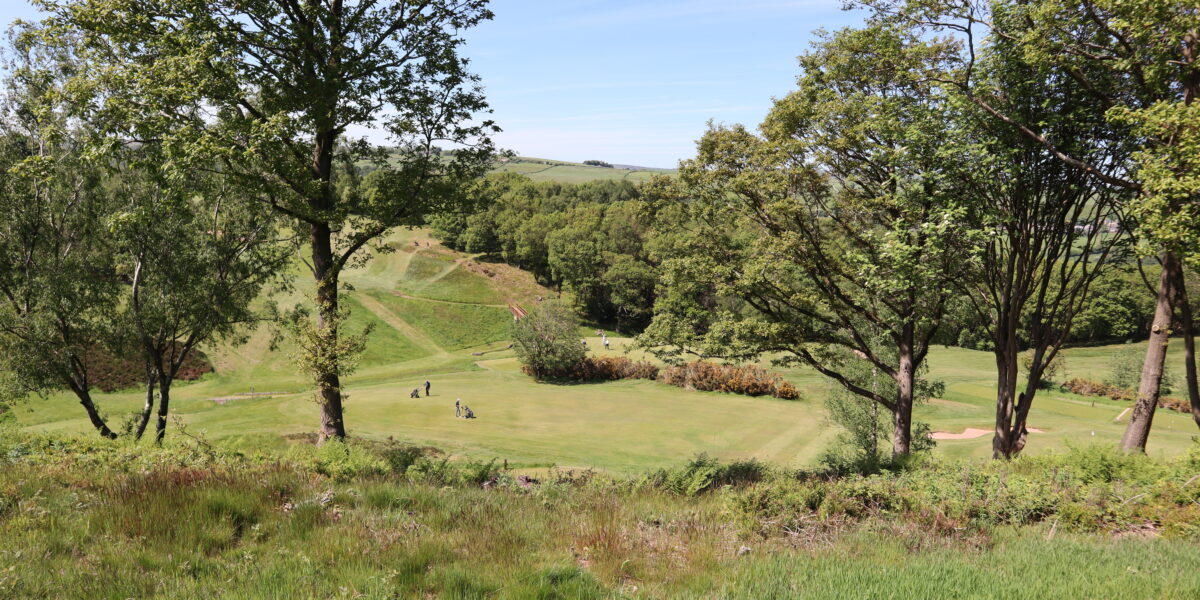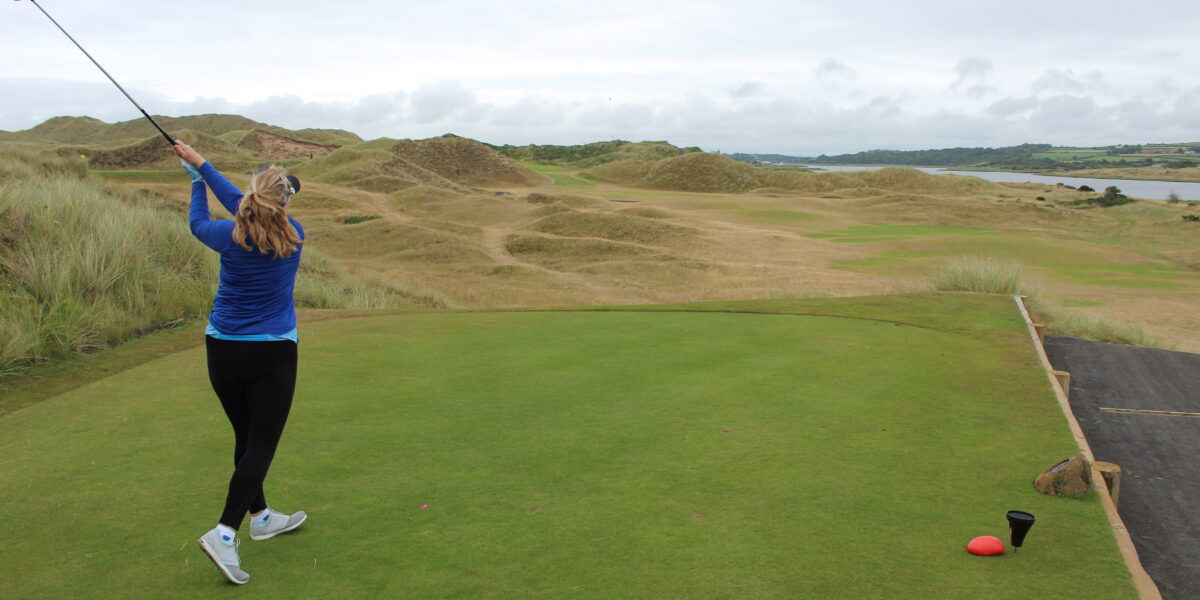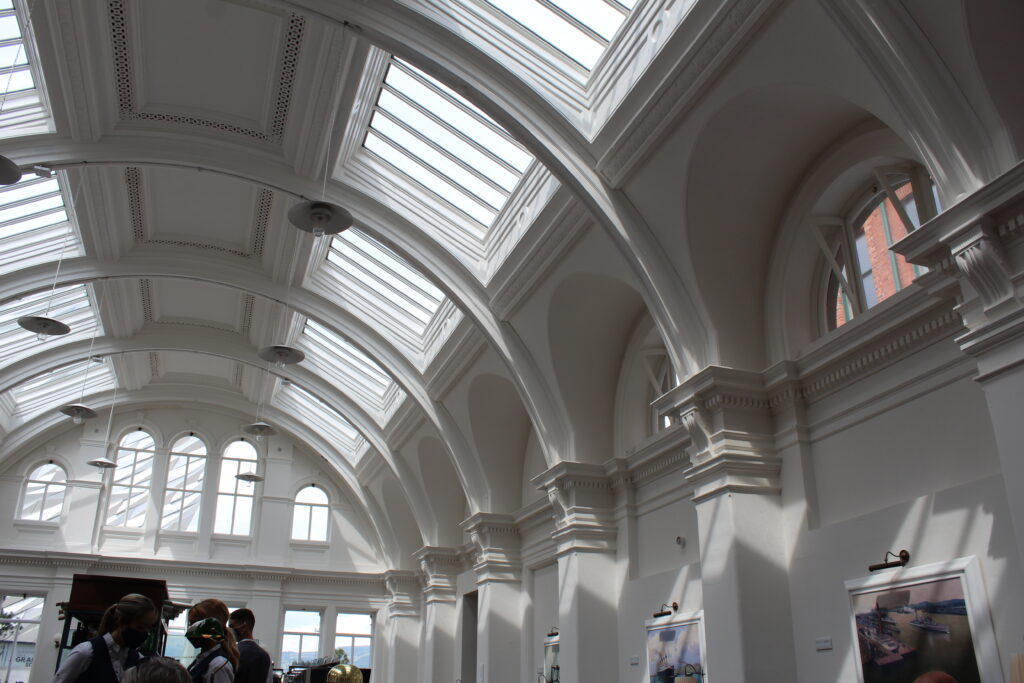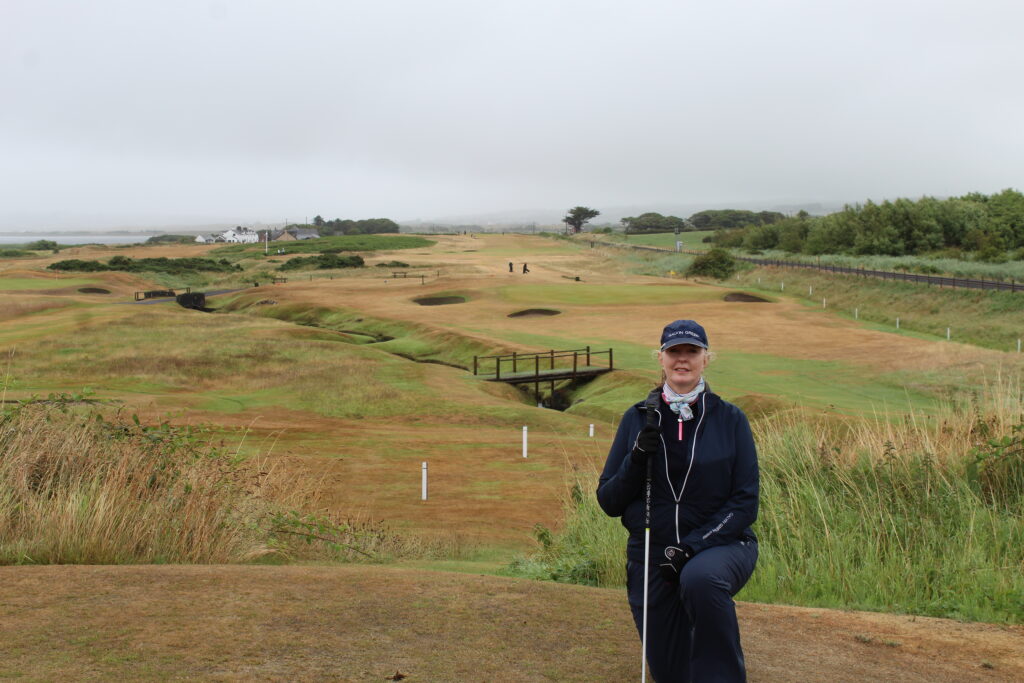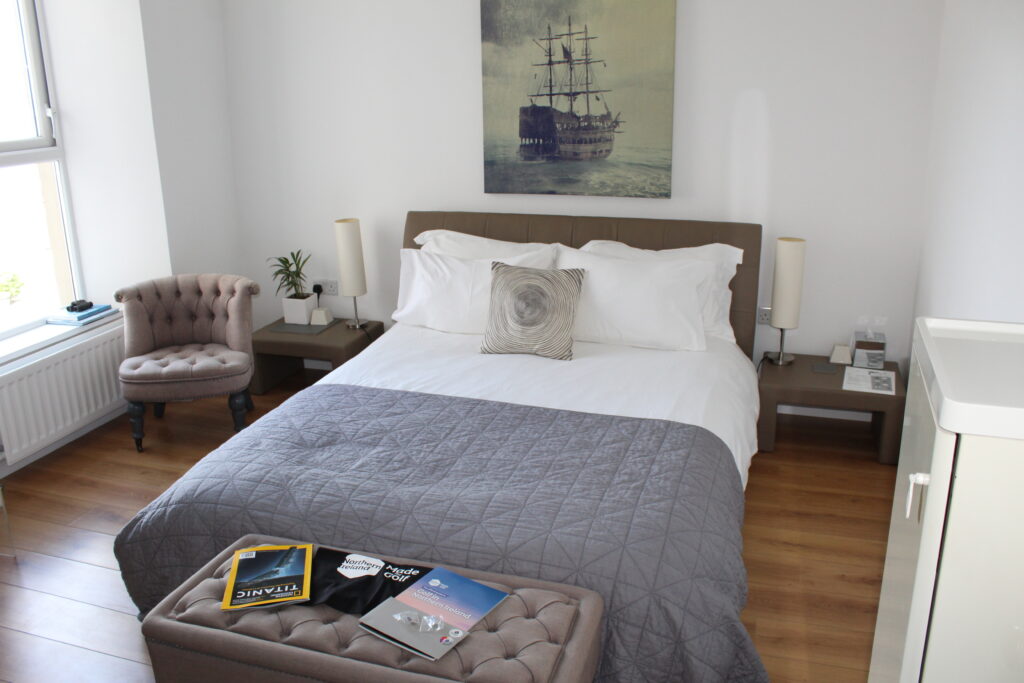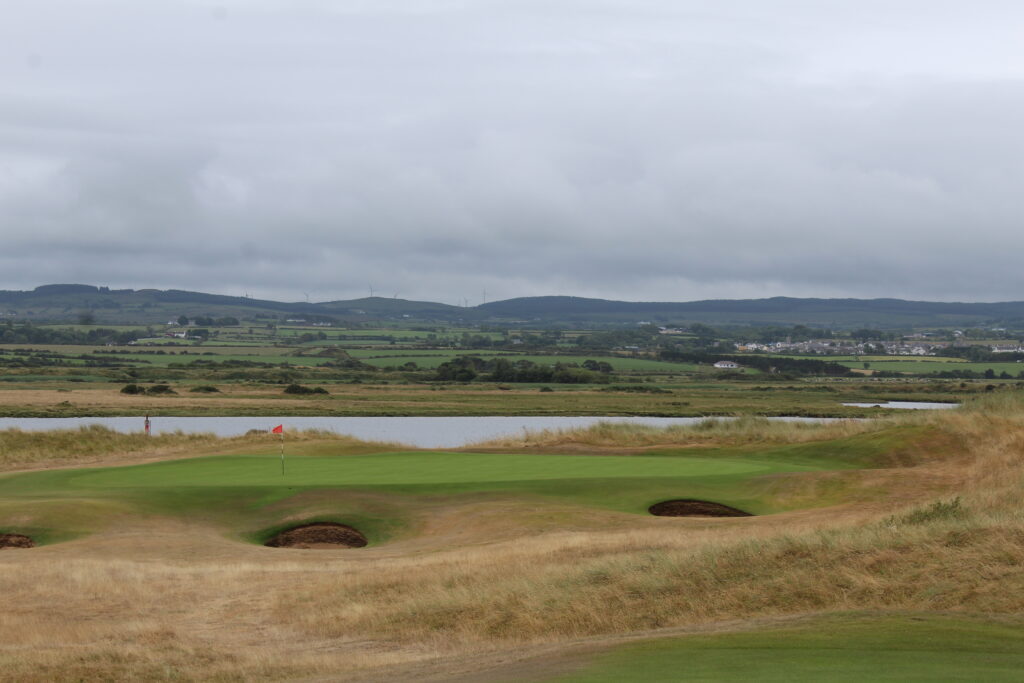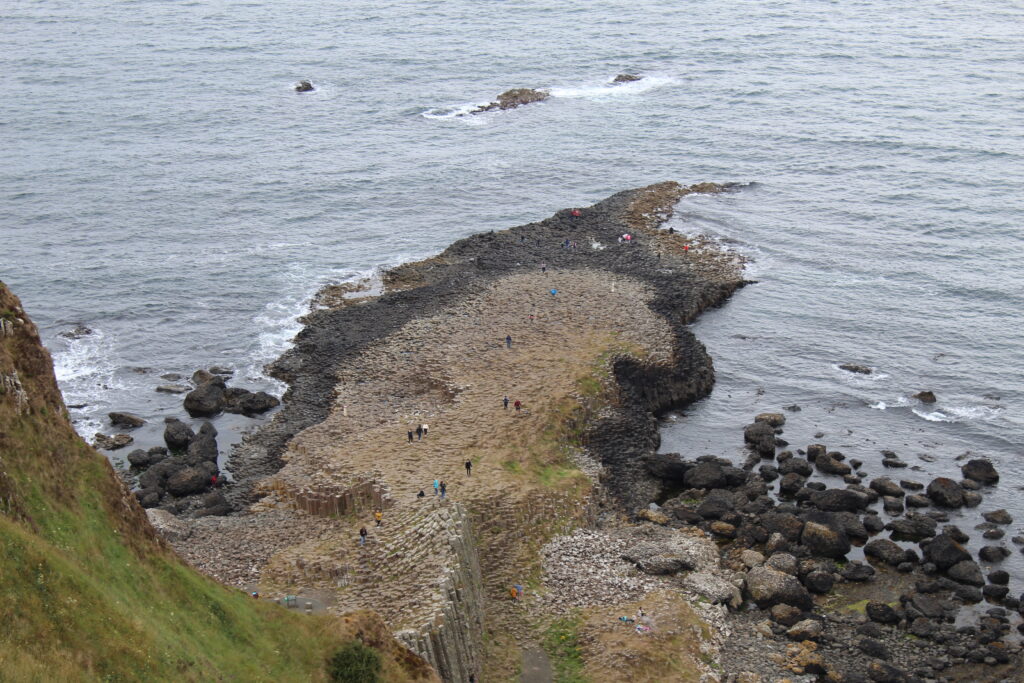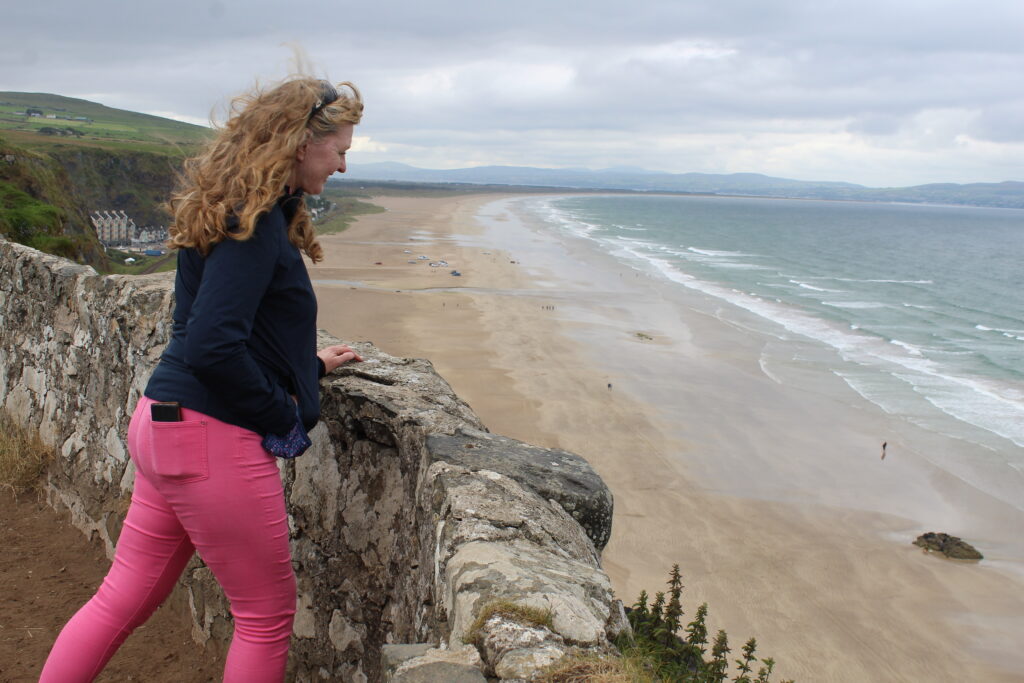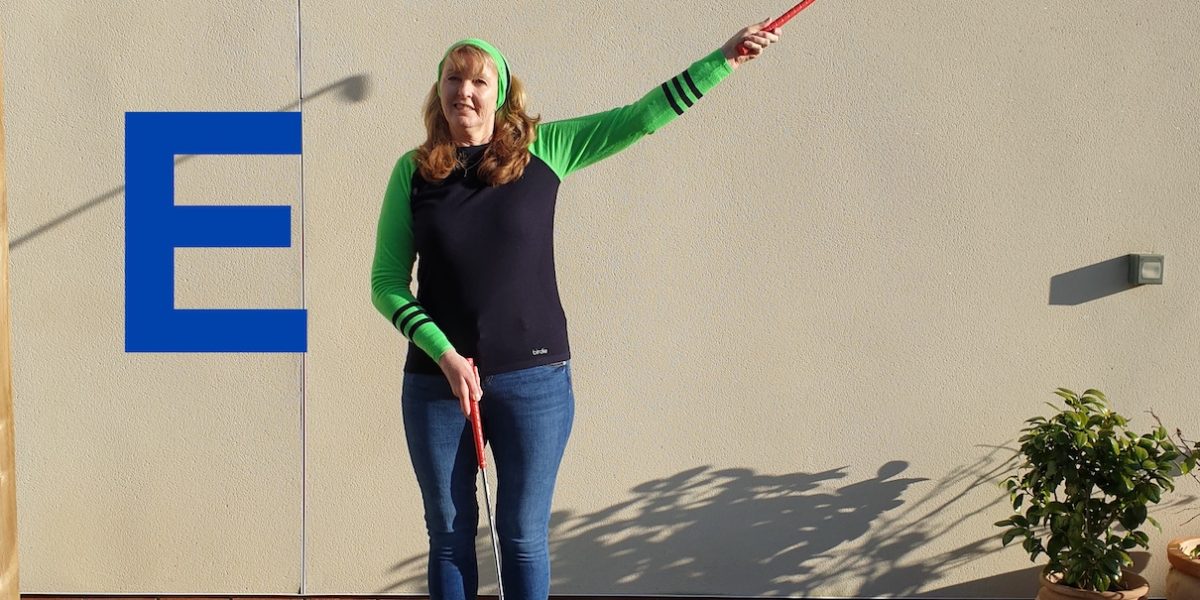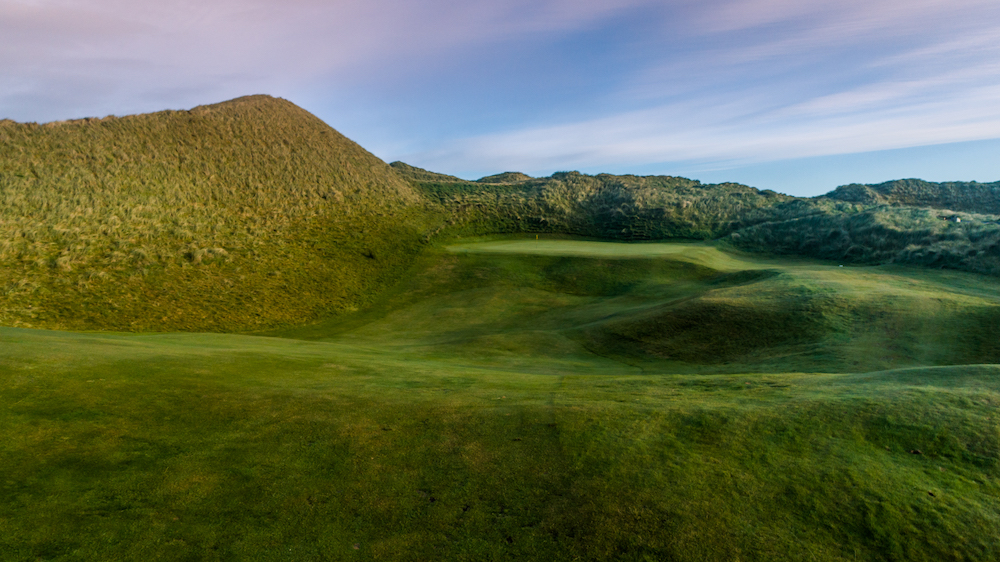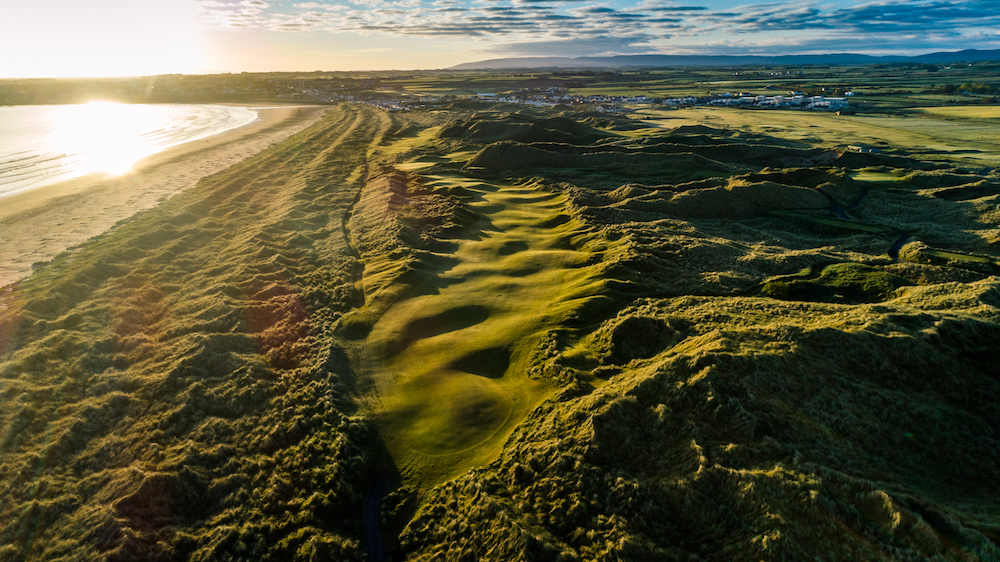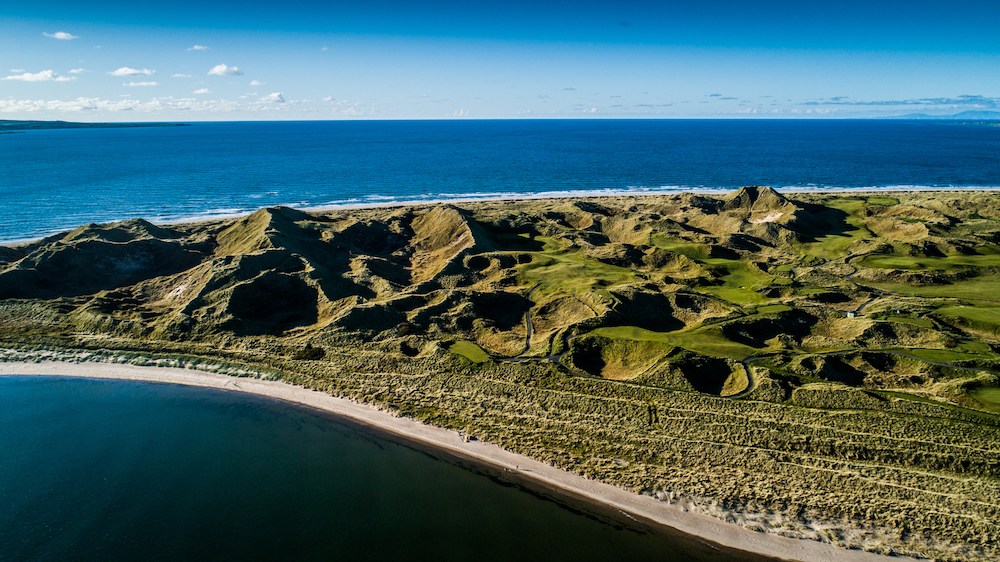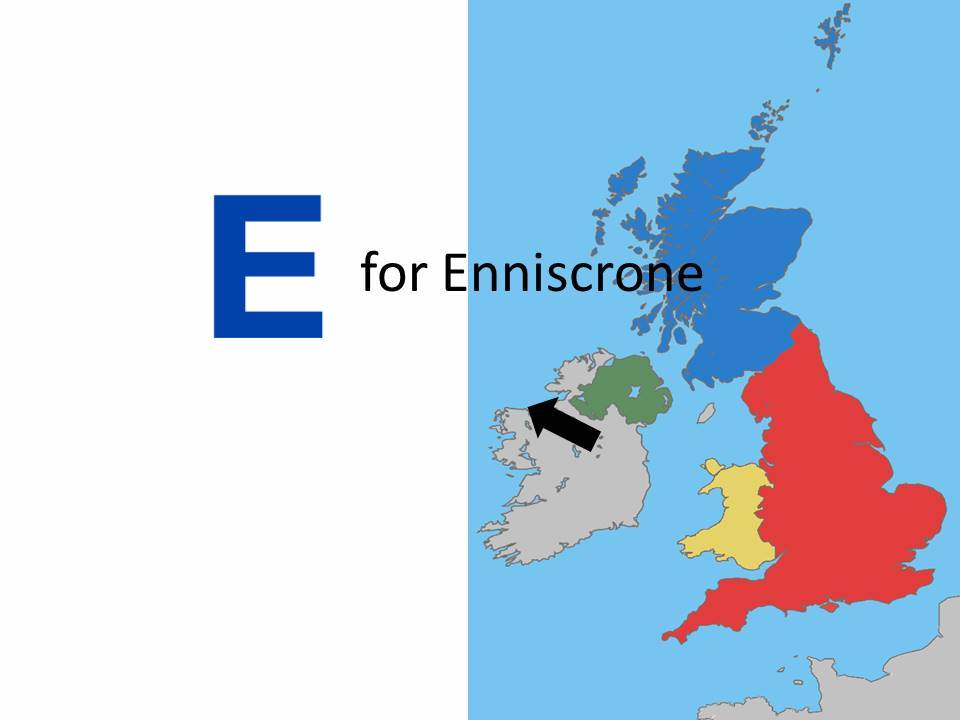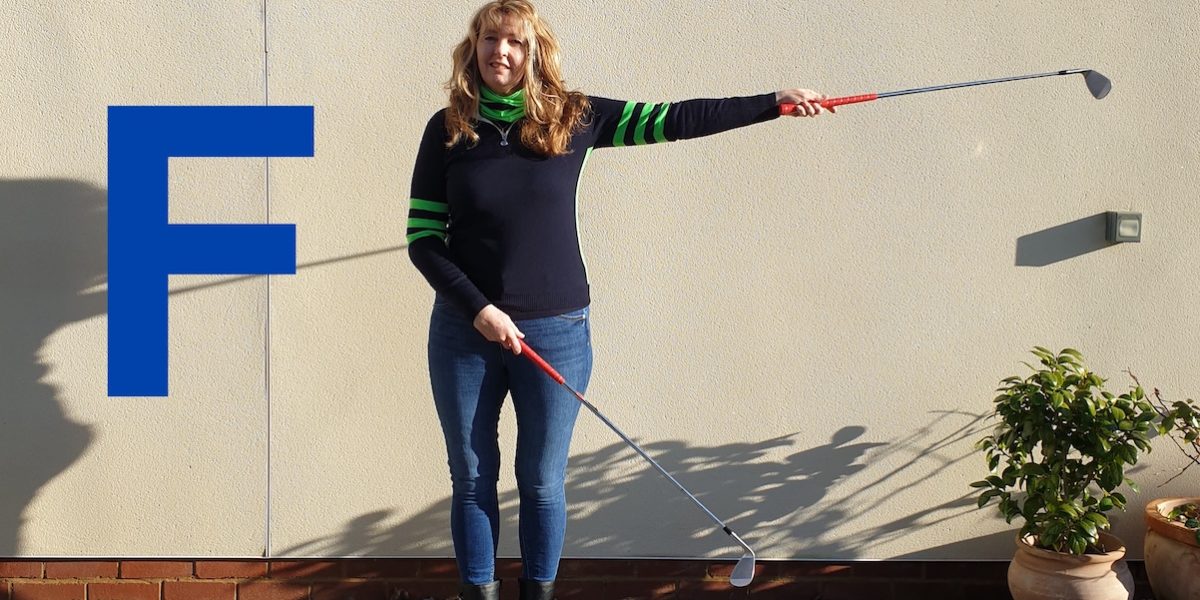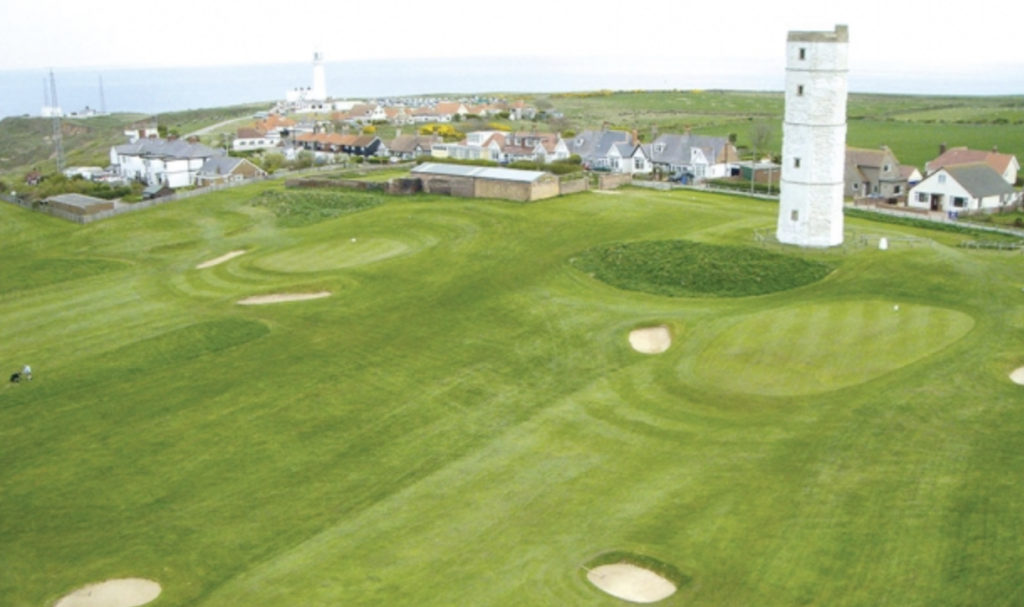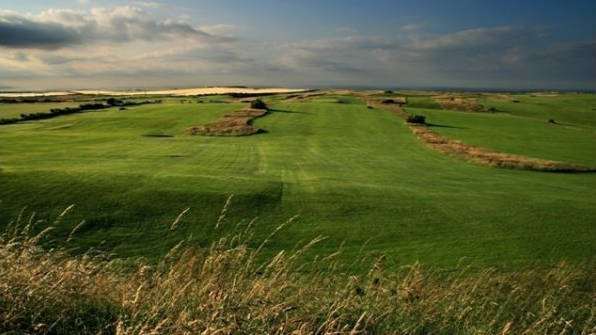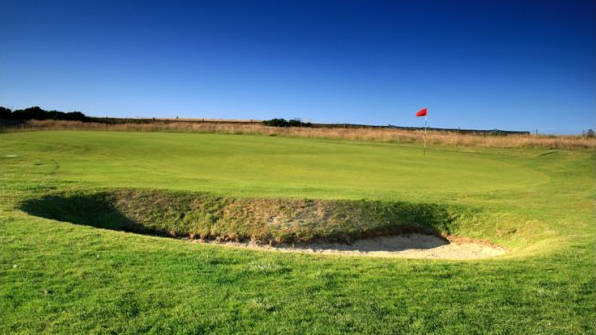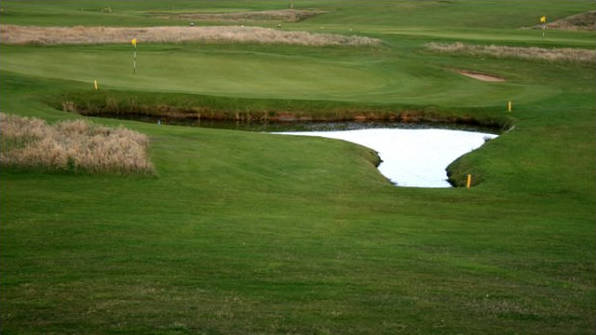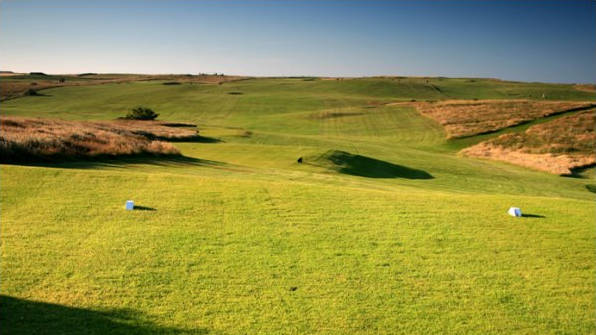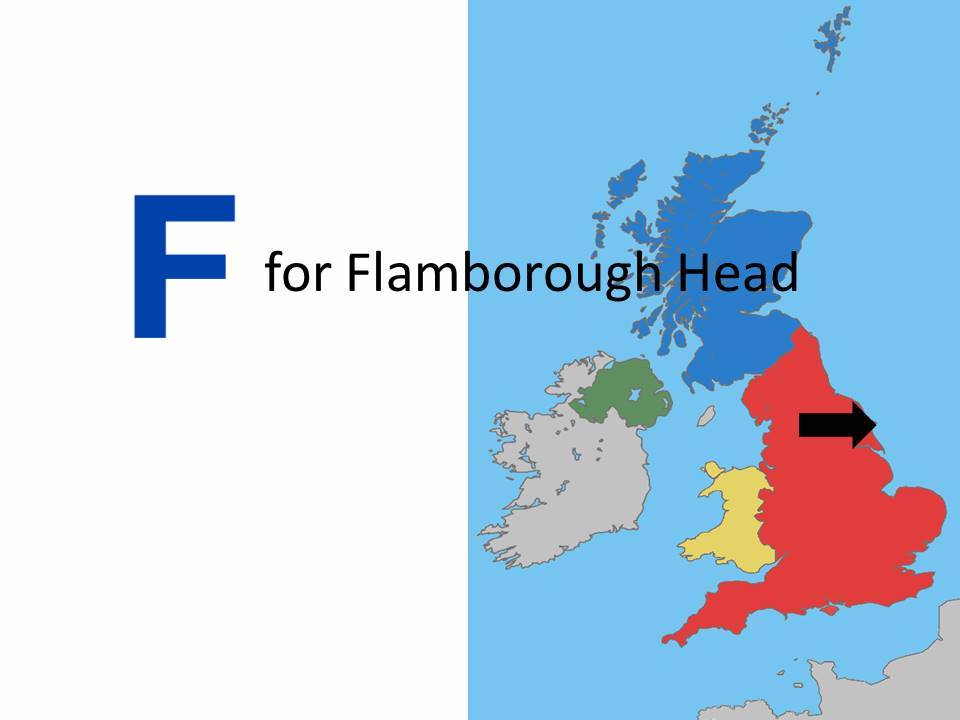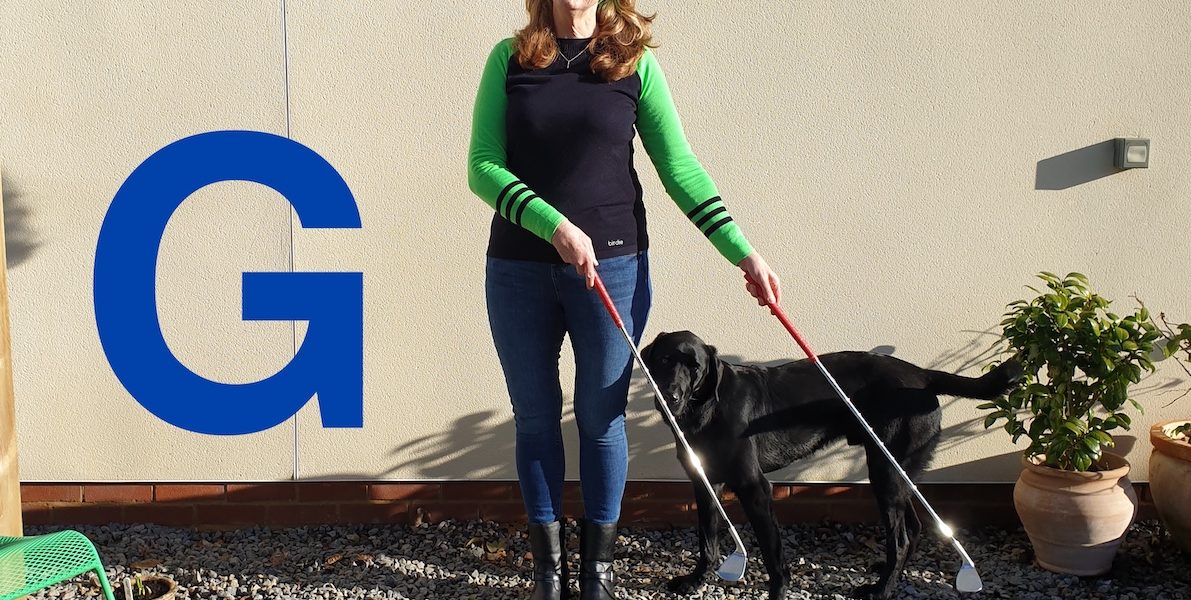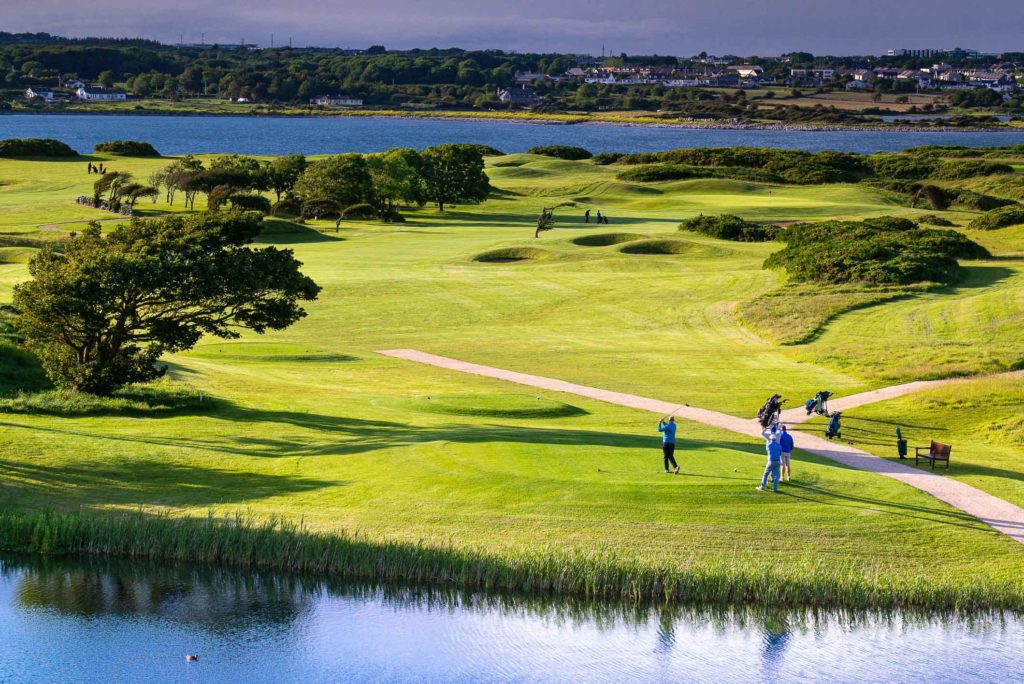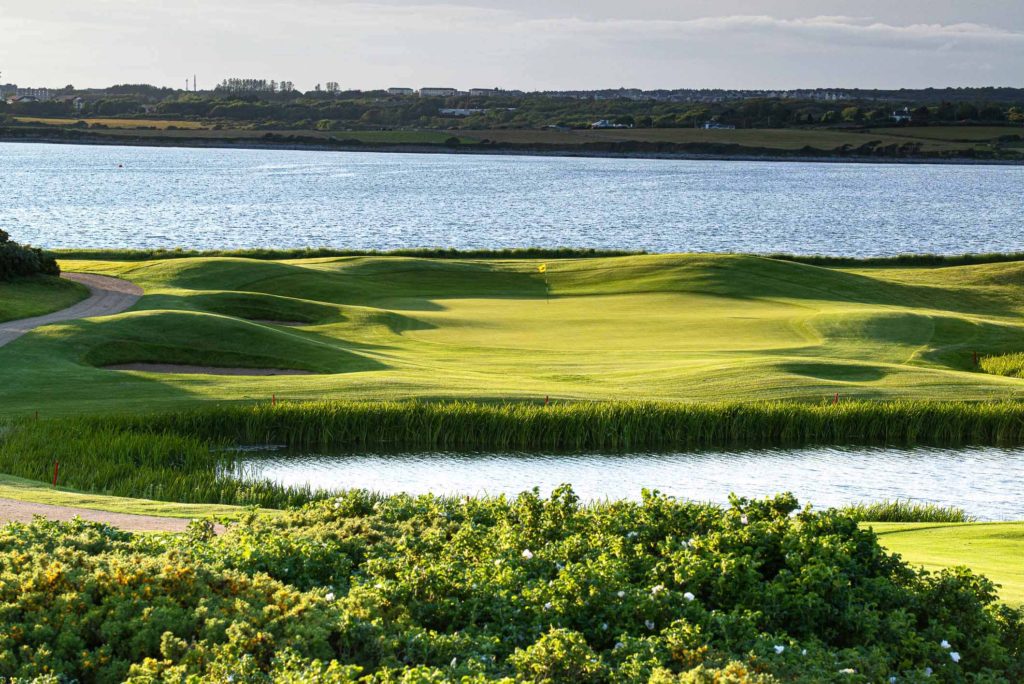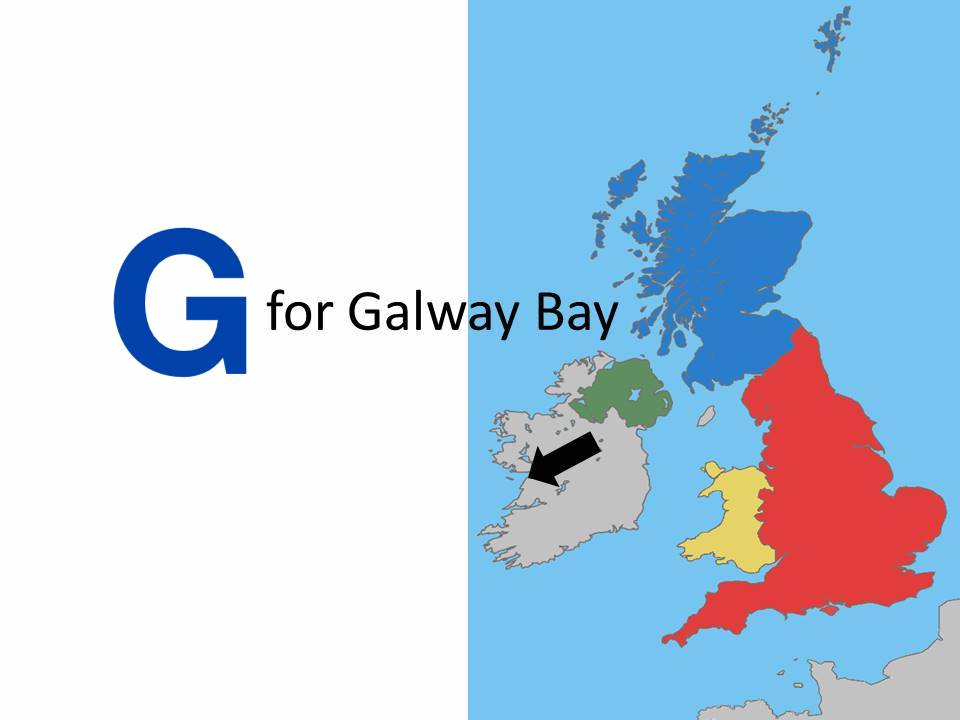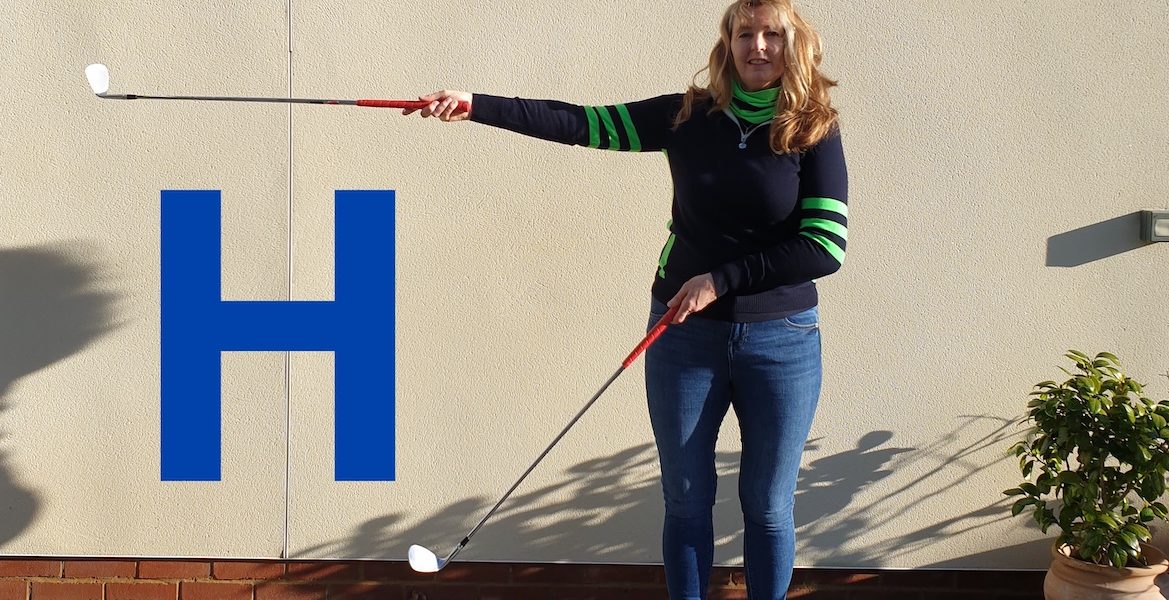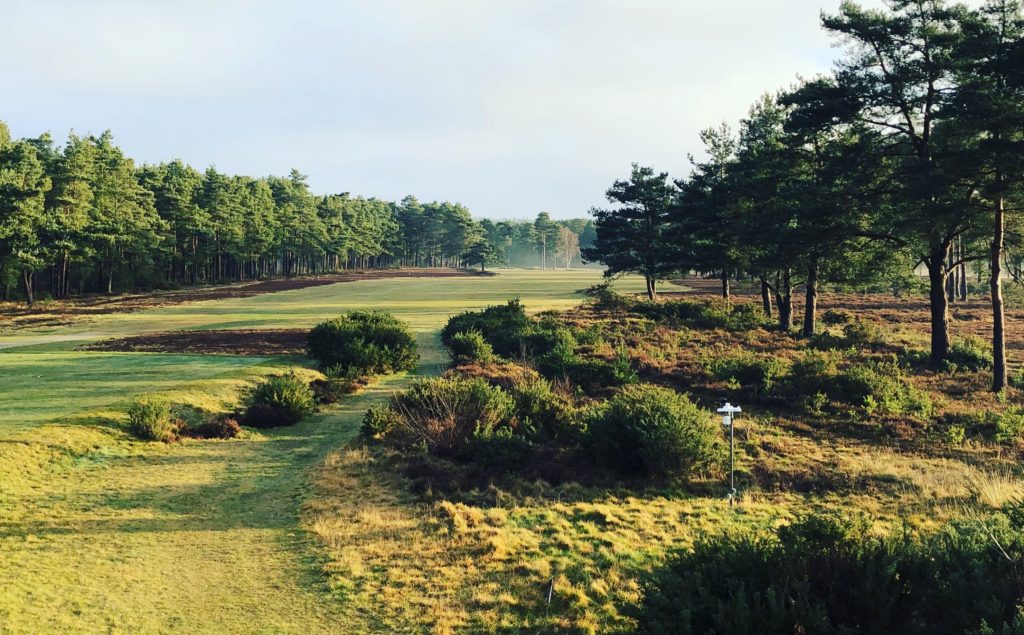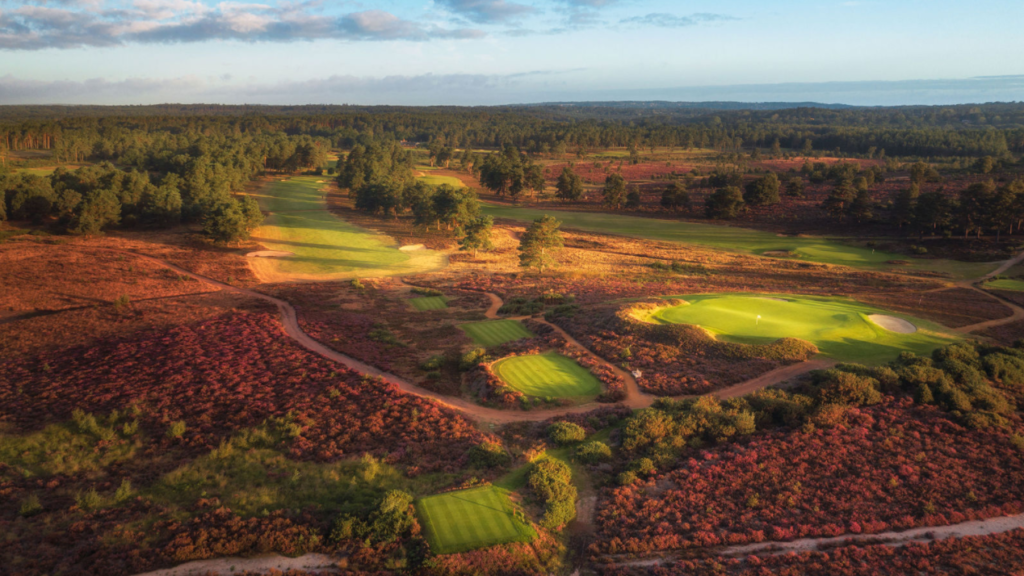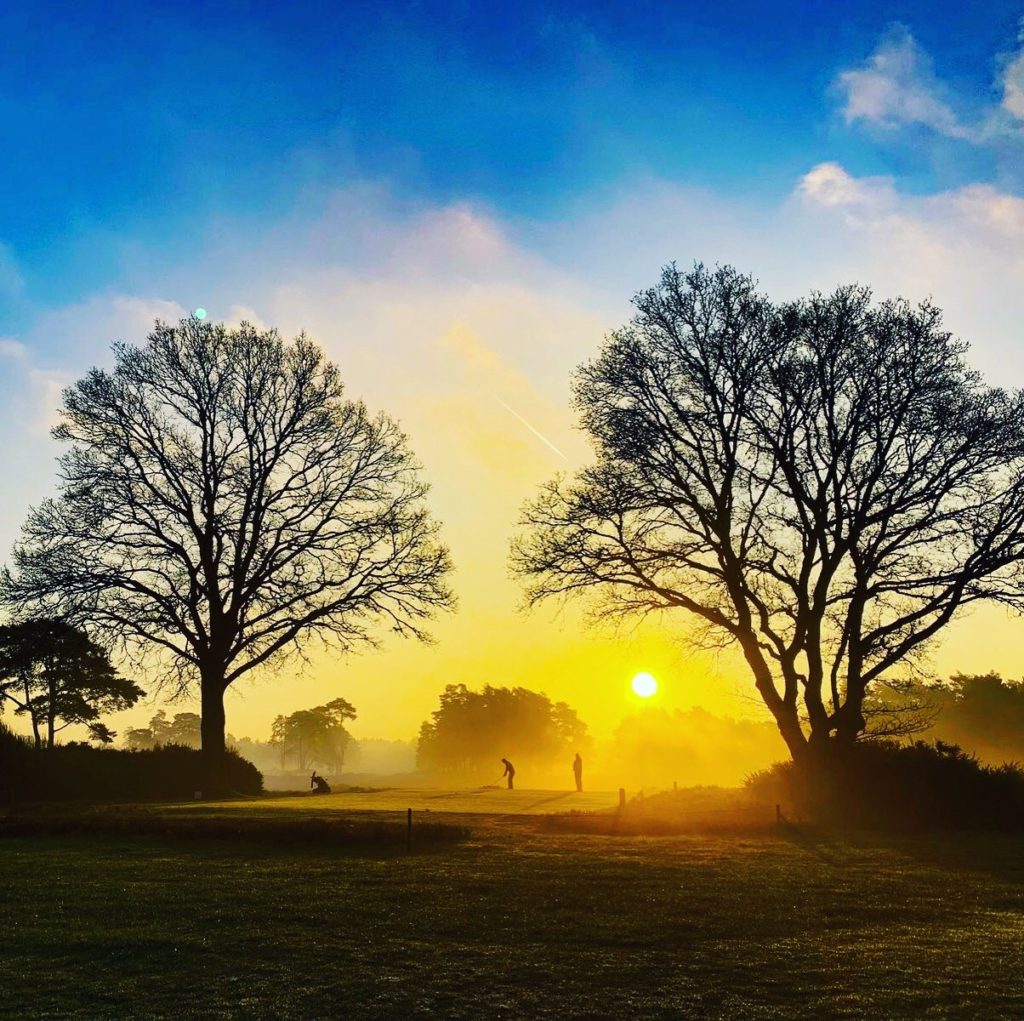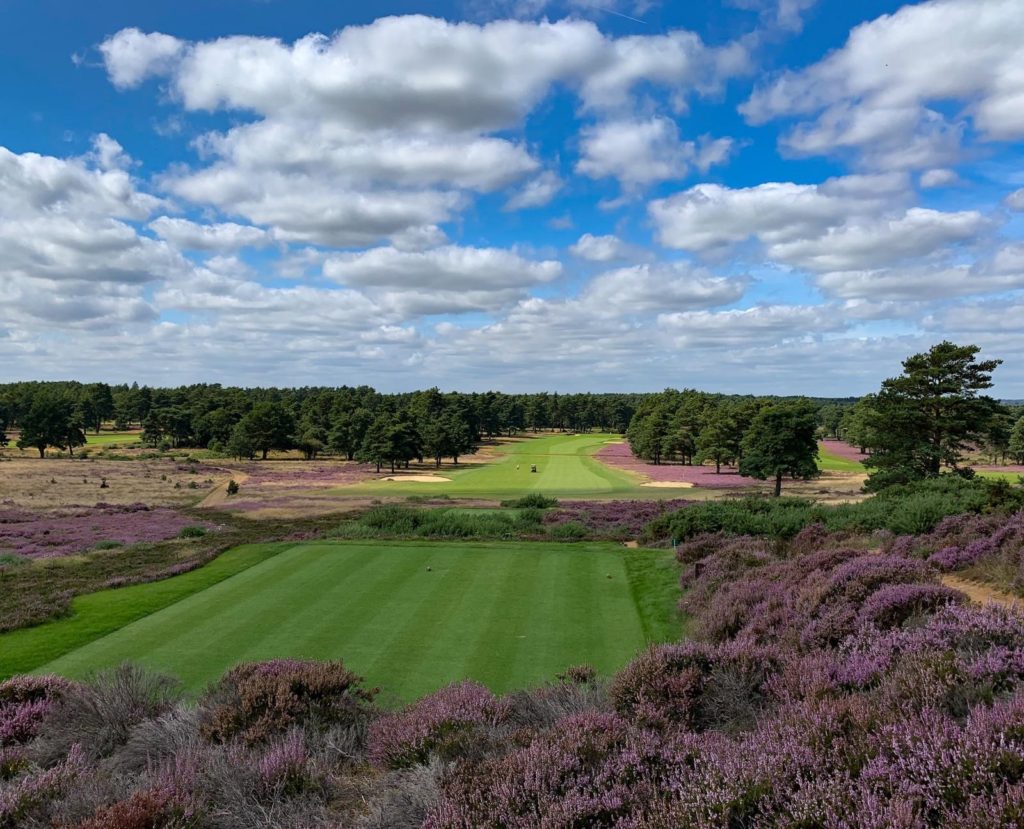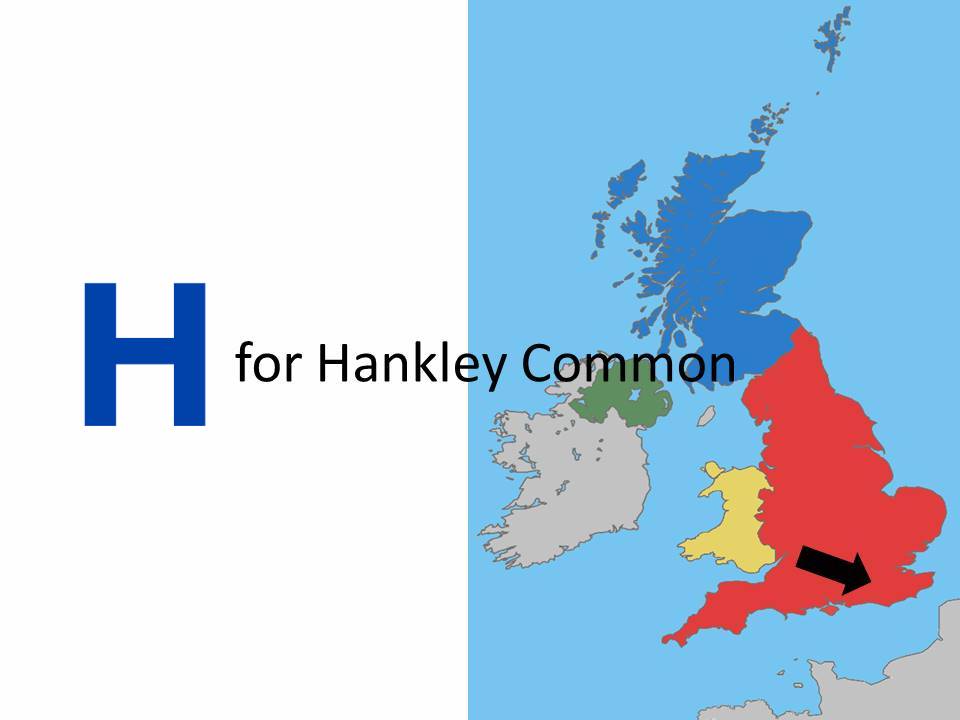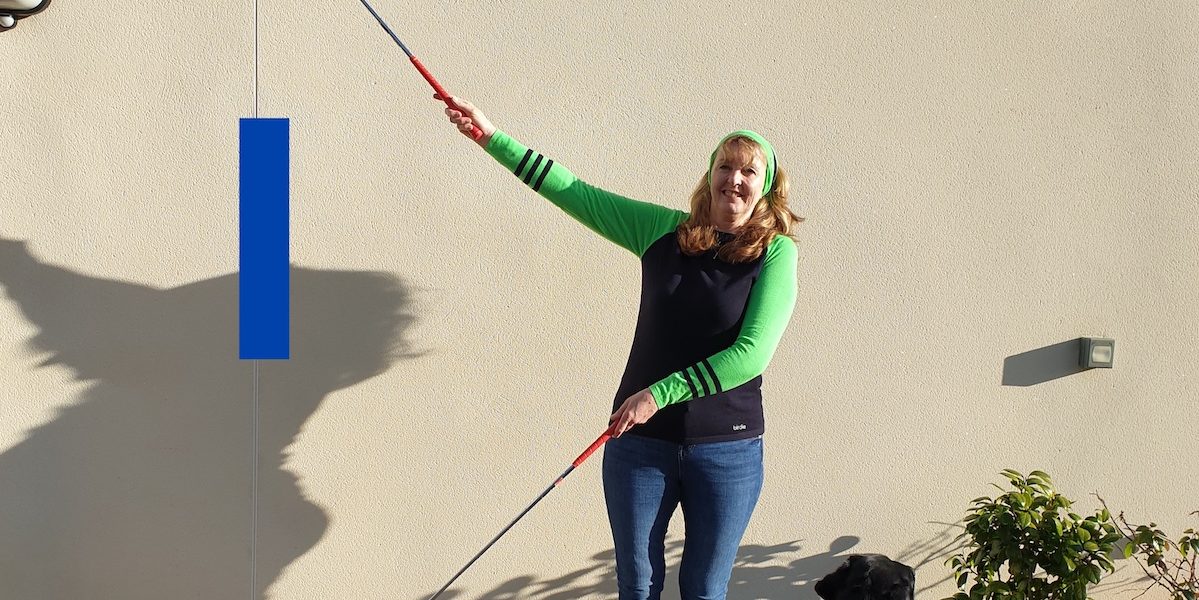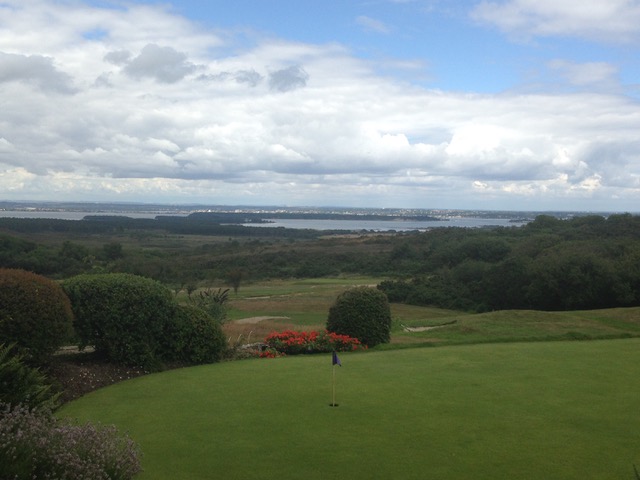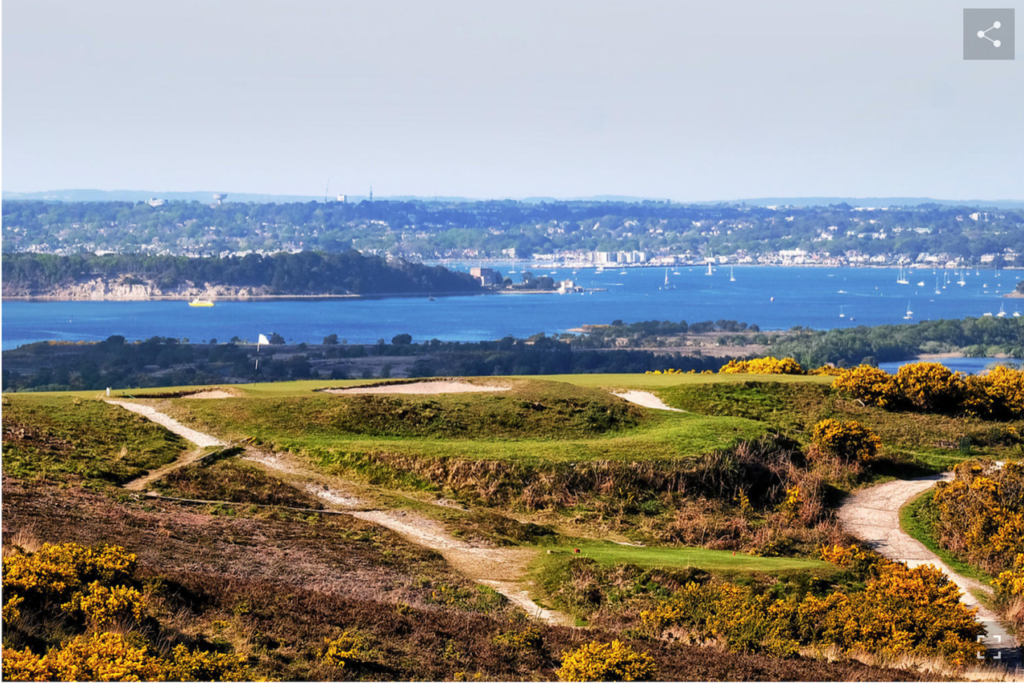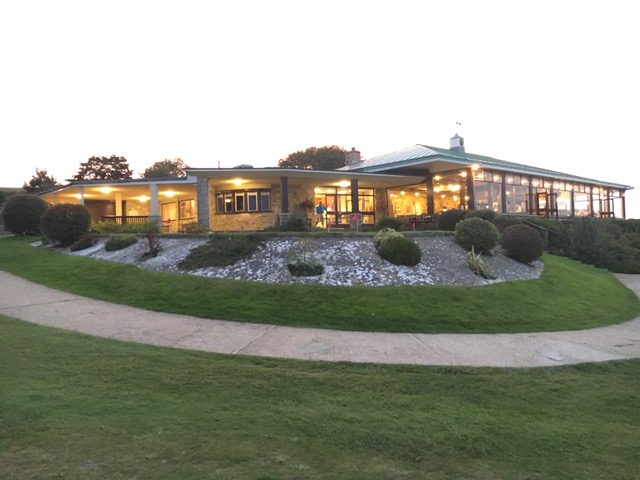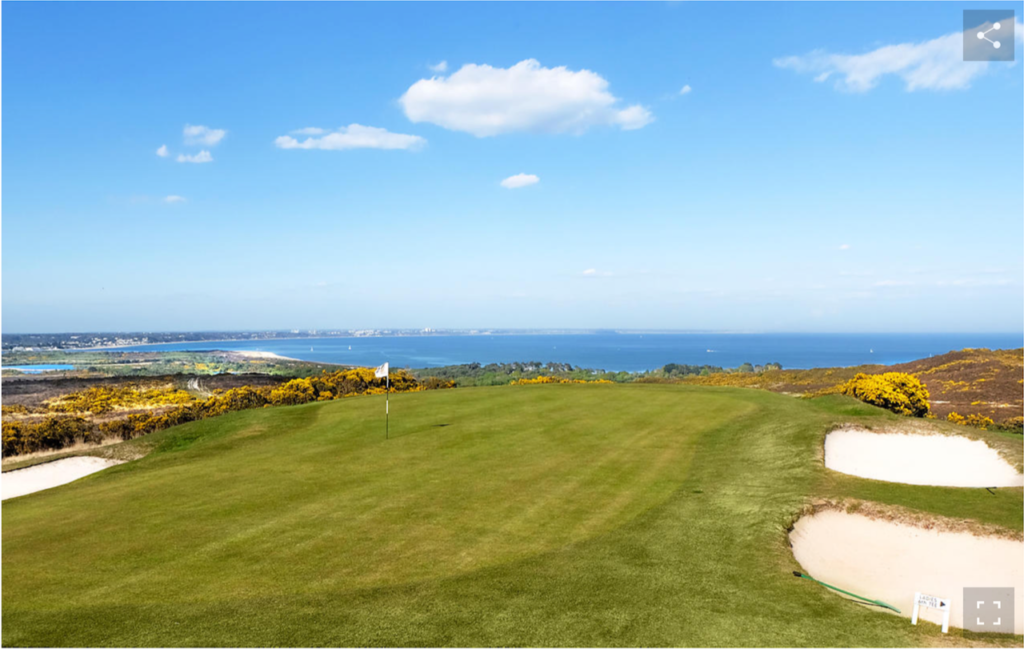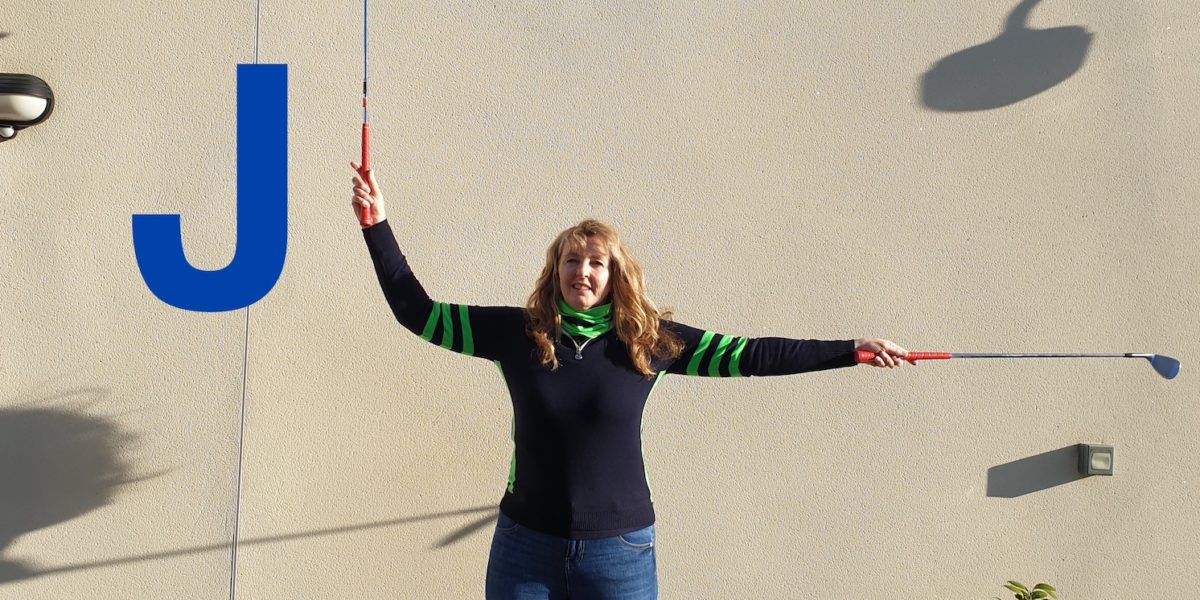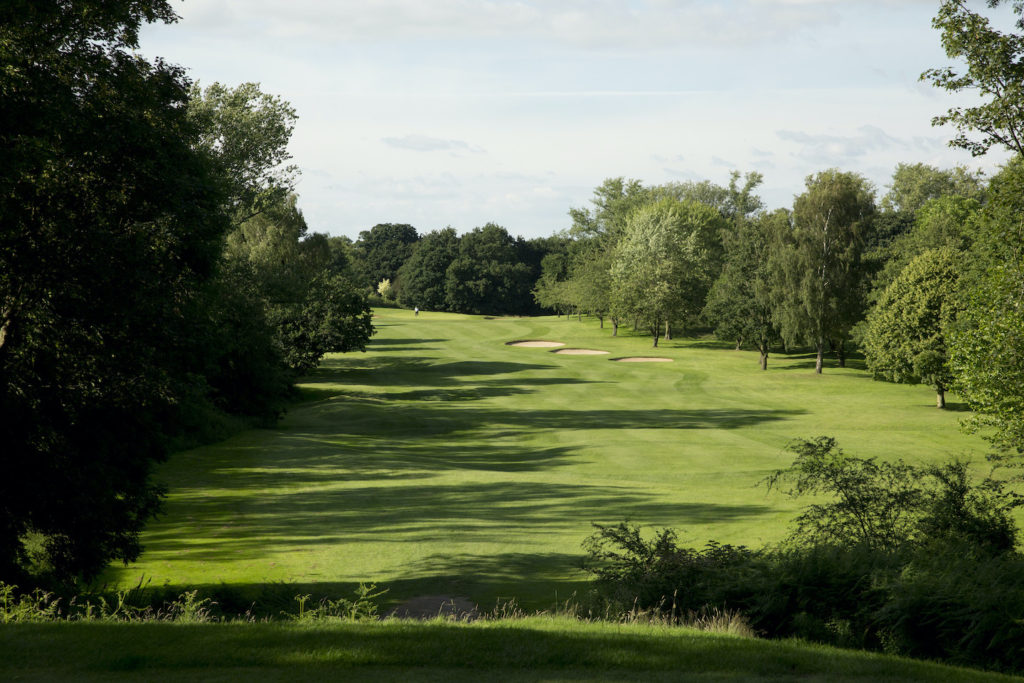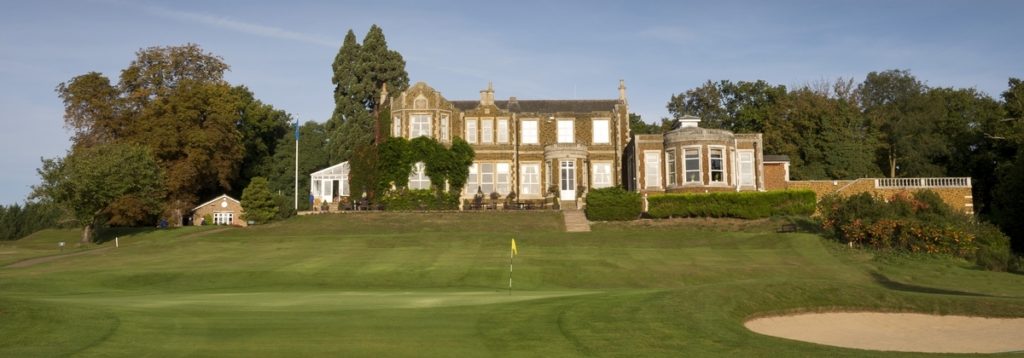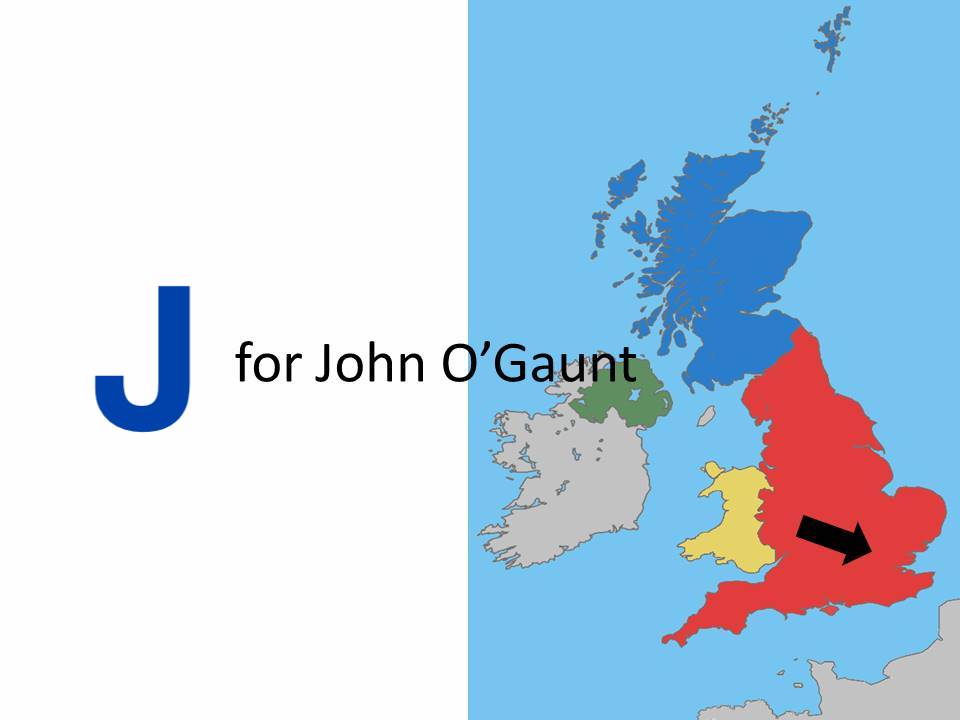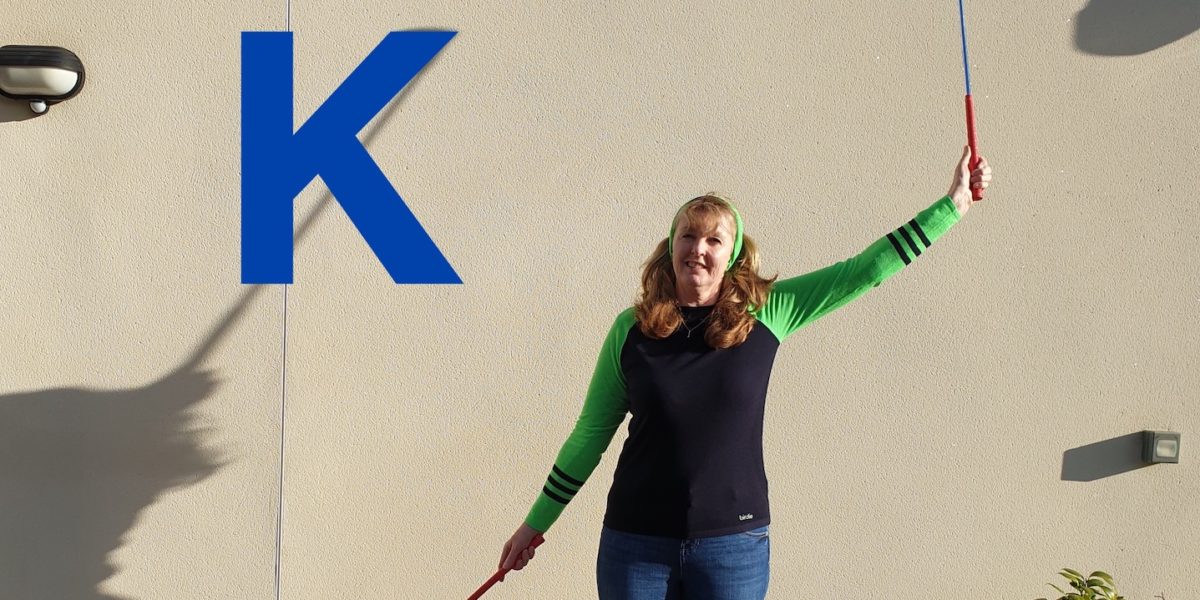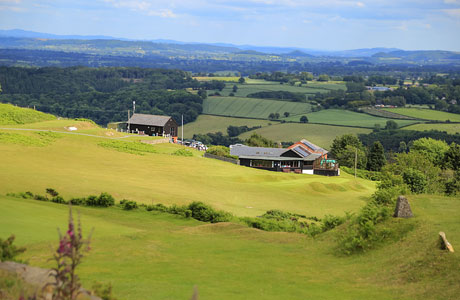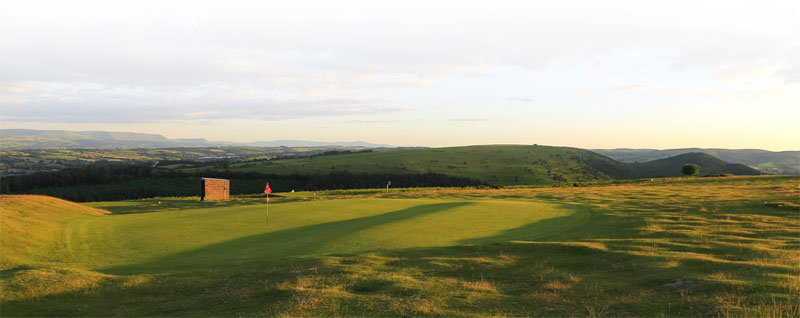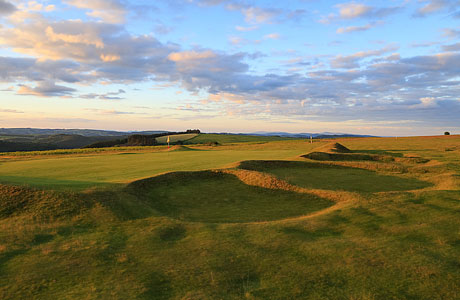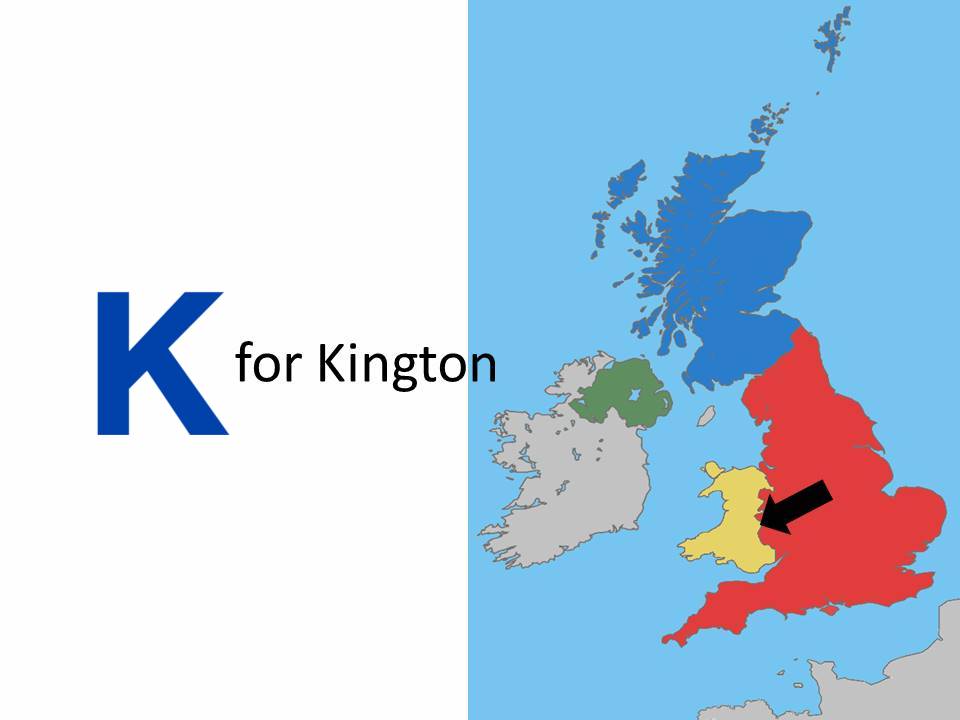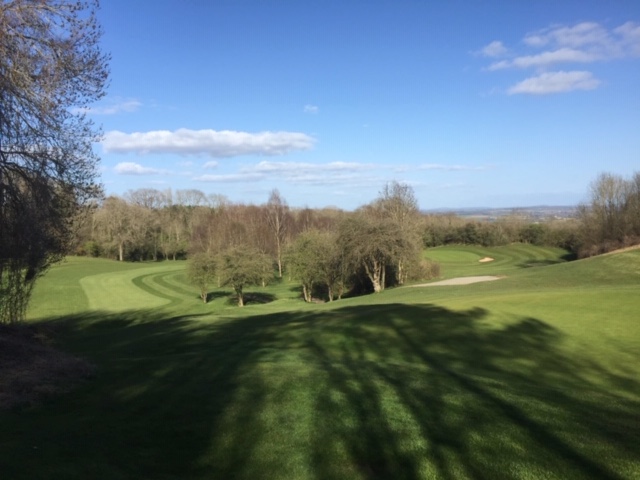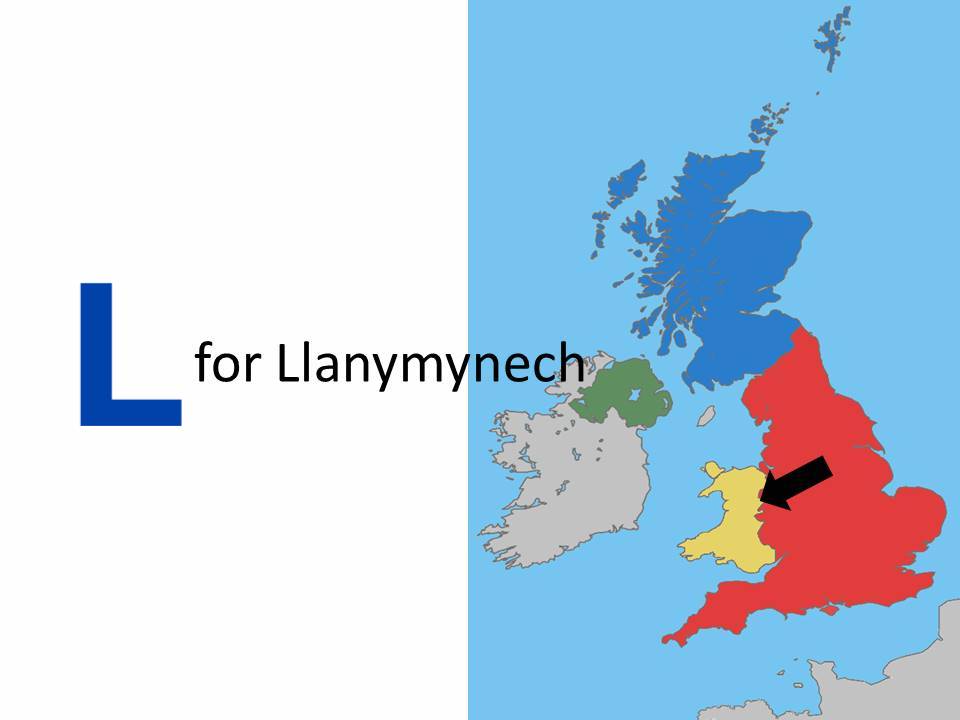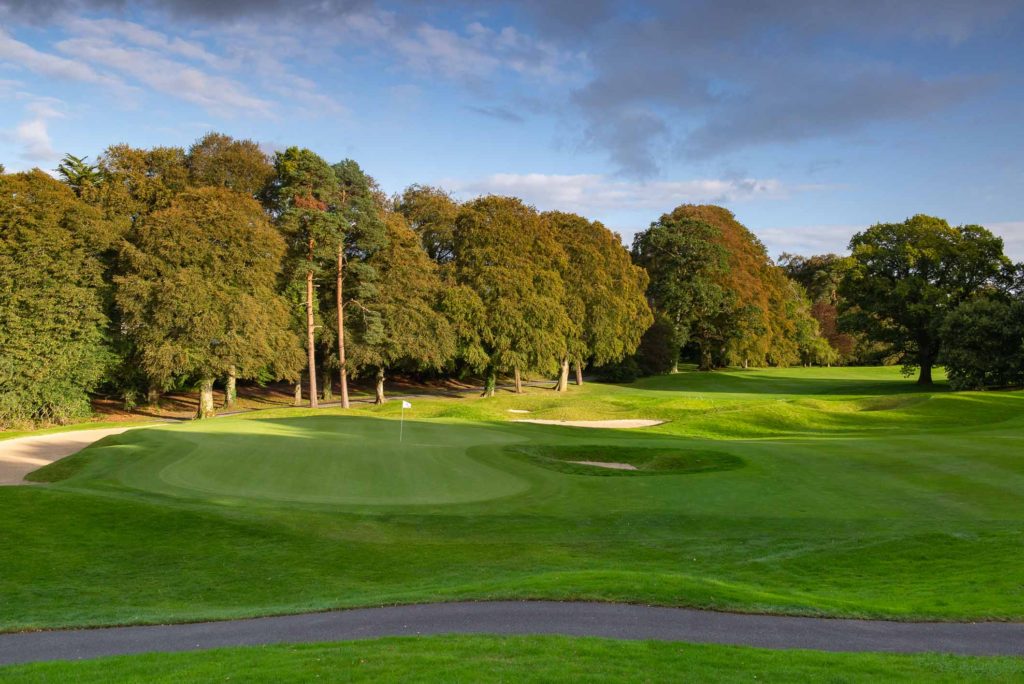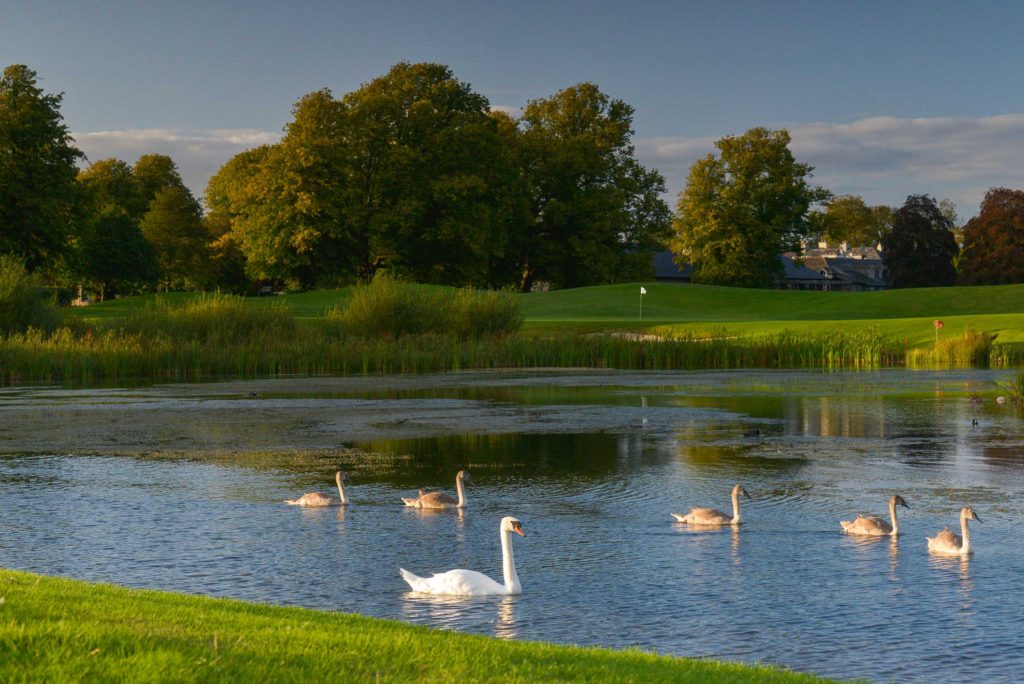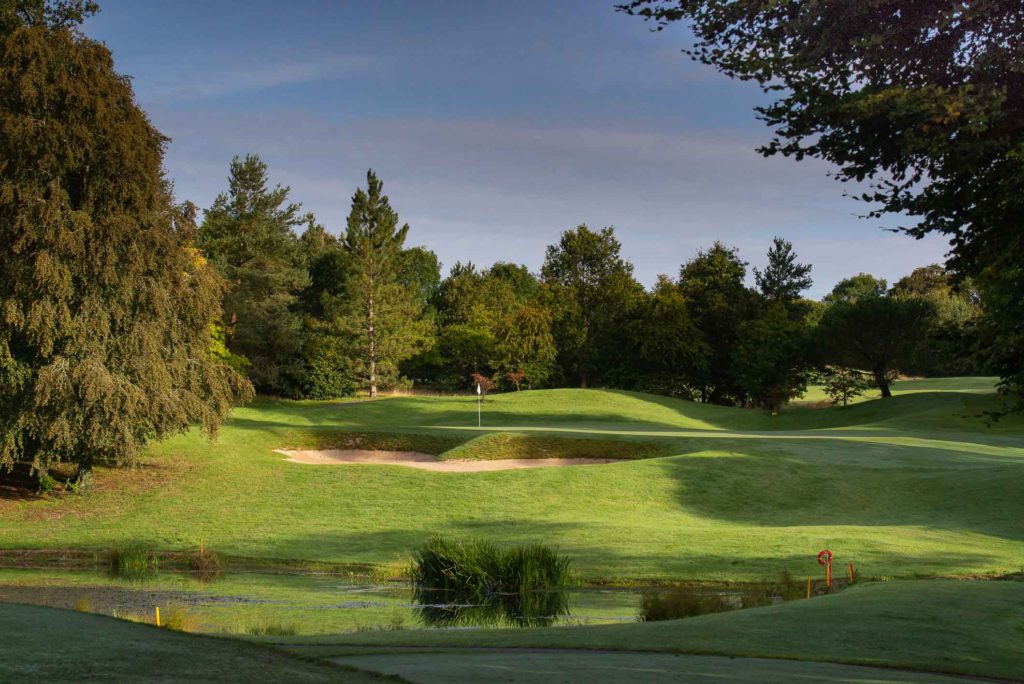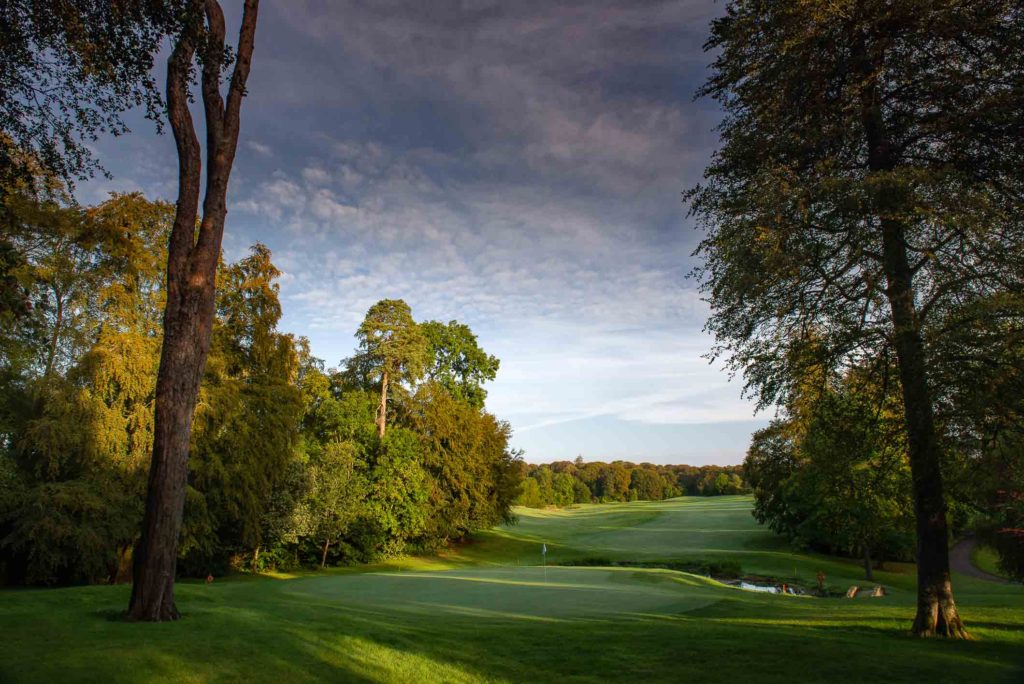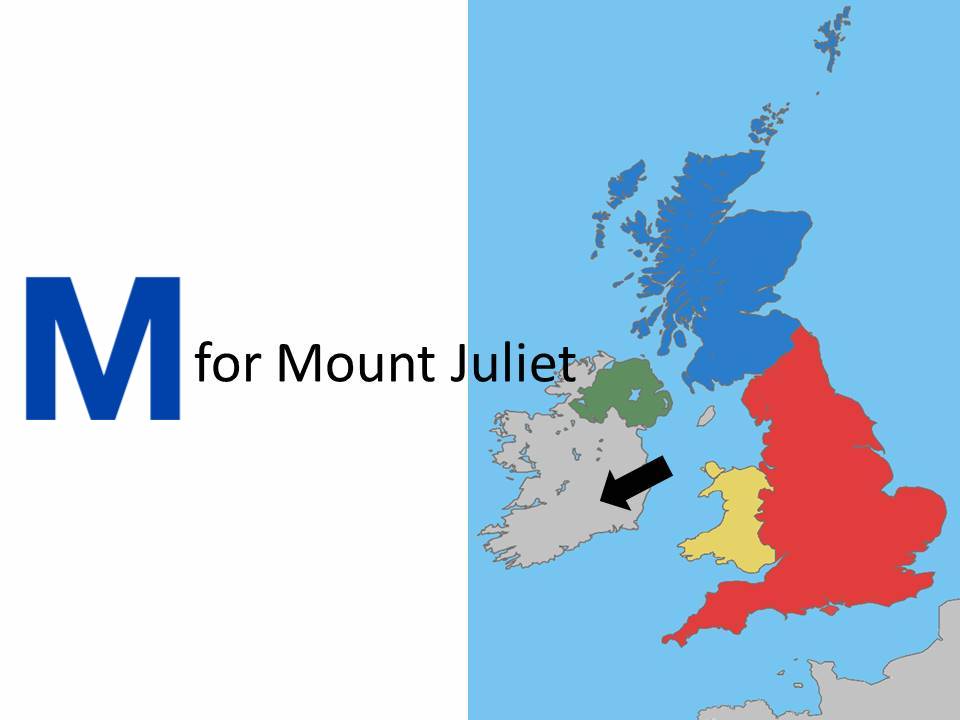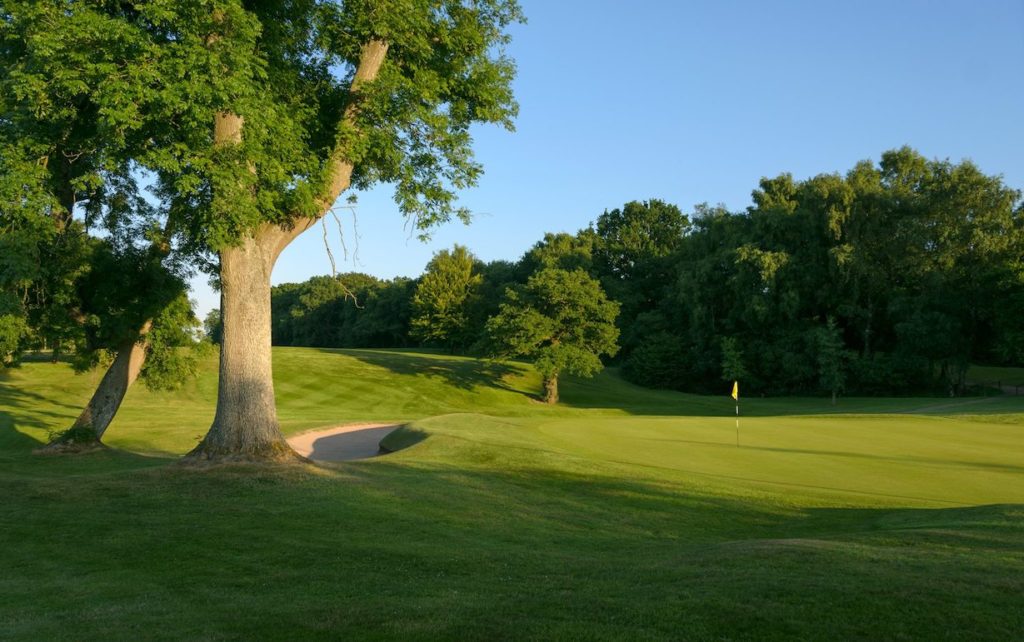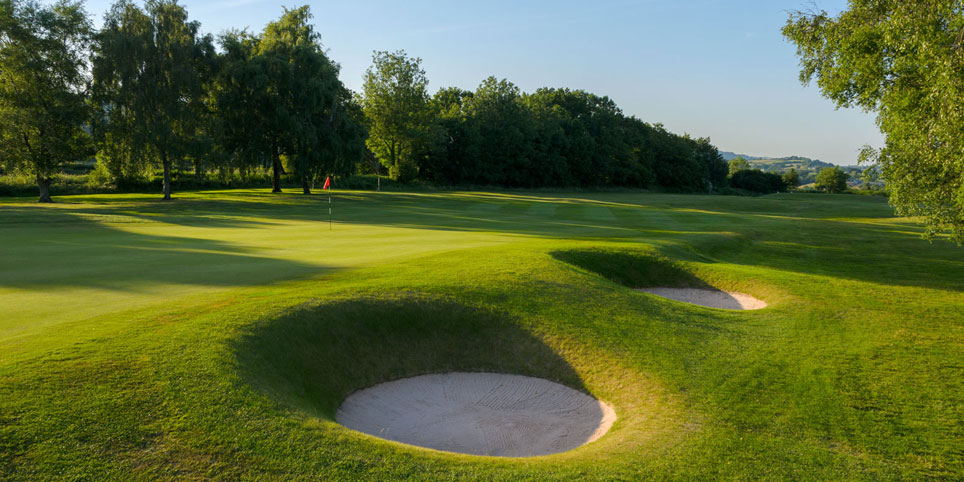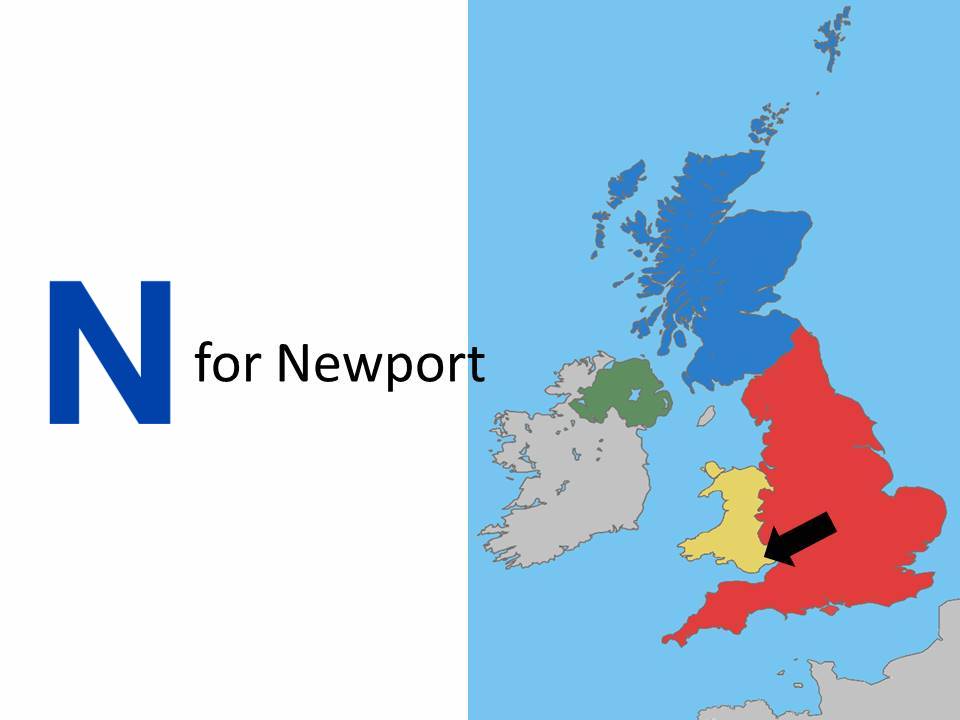Hallamshire Golf Club, Sheffield
An incredibly understated and uninviting piece about golf in the local Sheffield Star reads:
“Hallamshire Golf Club is nestled between the Peak District and the City, on Redmires Road. The club is home to one of the best and most challenging courses in the North of England”
Well thats true, but …
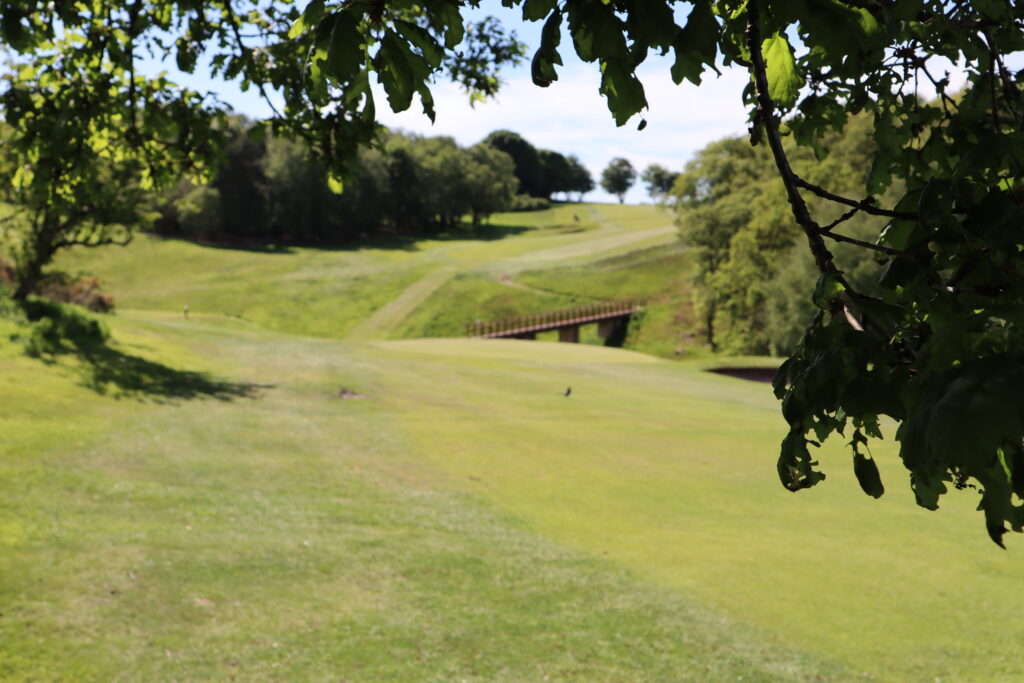
Recent winner of the US Open, 2022, Matt Fitzpatrick is a member here, not only that but other greats such as Alison Nicholas, the winner of the US Women’s Open 1997 and Solheim Cup Captain in 2009 and 2011, lesser known Mary Everard, (recently deceased), was a four time player in the Curtis Cup- all have links to the Hallamshire – in short this course produces winners, quality winners at that.
It is true, Sheffield isn’t known as a tourist trap, its deep rooted industrial heritage in steel surpassed only by the friendly (and sometimes not so friendly) rivalry of the two home grown football teams; the Owls and the Blades. The natural friendliness of Yorkshire people and their, usually deserved, status of ‘no flies on us’ approach puts this city on the map for many reasons – but golf isn’t one of them.
Fitzpatrick admits that his home course is very similar to Brookline, Massachusetts where two historic wins US Open as an Amateur in 2013 and the more recent one of the US Open Champion 2022 puts him as only the second person (behind Jack Nicklaus) to win both these titles at the same course. Matt says of his home course; the Hallamshire is shorter (than Brookline) but the greens can be tour standard and are the best around.
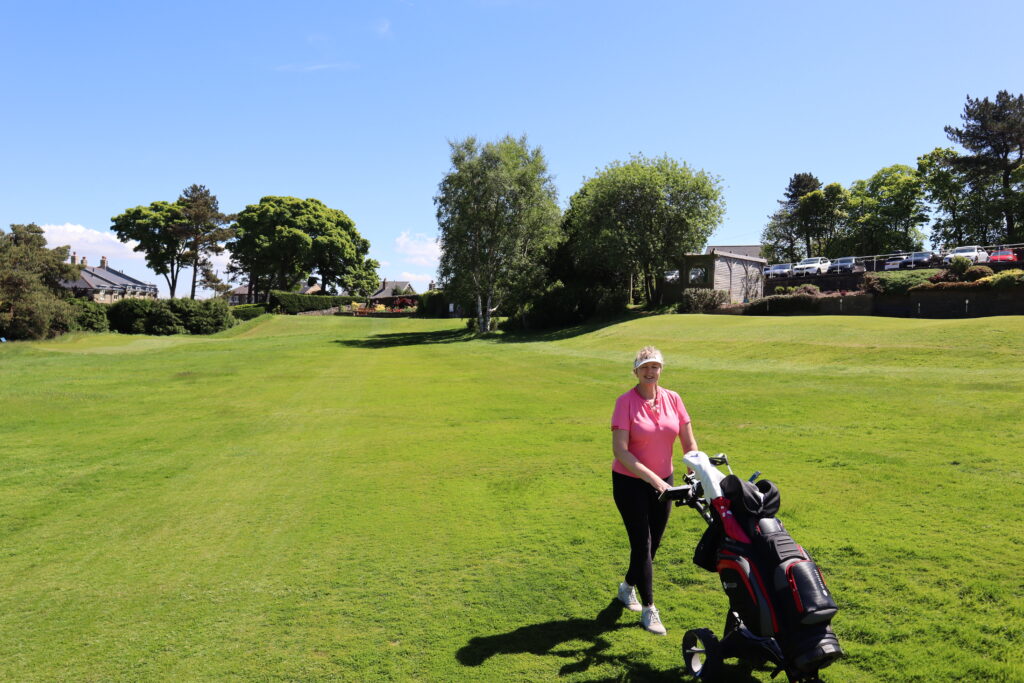
The pro shop, albeit welcoming, is just like any other, the clubhouse doesn’t scream at you despite its commanding elevated position overlooking the course. Truth is, unless you knew it was there, you could easily drive past the club. But what it lacks in showy appearance it more than makes up for as a challenging, well designed course for all.
A fairly intimidating first hole appears narrower than it actually is off the tee, but the clubhouse popping up into full view once you’ve driven the ball is enough to put anyone off – especially if you’ve hit a poor drive. Add the OOB on the right and the in your face wind, you’d be happy to survive hole one with a decent score and scurry onto the second tee as you become engulfed in the course.
The 4th, par 4 SI7/1 (460/378 yards) is quite a straight hole called Bilberry Dimpling. The name bought back fond memories of me sitting atop the Moors picking bilberries for Mum to make jam. Whilst hole 4 didn’t bring back those comfort memories of home cooking, it is a fairly open yet lovely hole. From the 4th, over the 8th, you can see the aptly named Snake Pass as it winds its way along the hillside carrying people to endless opportunities in their little square boxes on wheels.
Redesigned in the1930’s by Harry Colt, Hallamshire golf course embraces the natural terrain of hillocks, sways, heather, gorse and of course bilberries. Add the odd bunker – whose level of consistency with their sand and depth of sand was as good as any top course I’ve played, and you’re on to something special.

The 6th intrigued me with its far reaching views of Hallam Gorse Moor with its WWI training camp. Even to this day overhead images show the outline of the trenches dug – weird to think that another great golf course designer, Alister MacKenzie was instrumental in the design of the trenches during WWI! Hidden behind the trees on this par 3 193/127 yard (SI15/17) hole you can just about see Rivelin Dams.
The (member) legendary 9th, with it’s hard to stop the ball on the green challenges any such notions of making a birdie on this par 3! Such is he slope of this green that any downhill putt is met with trepidation. This is not a hole you’d give a gimme in a match!
As the back nine is 220/360 yards longer than the front, bagging a decent front nine score could help you with your overall score.
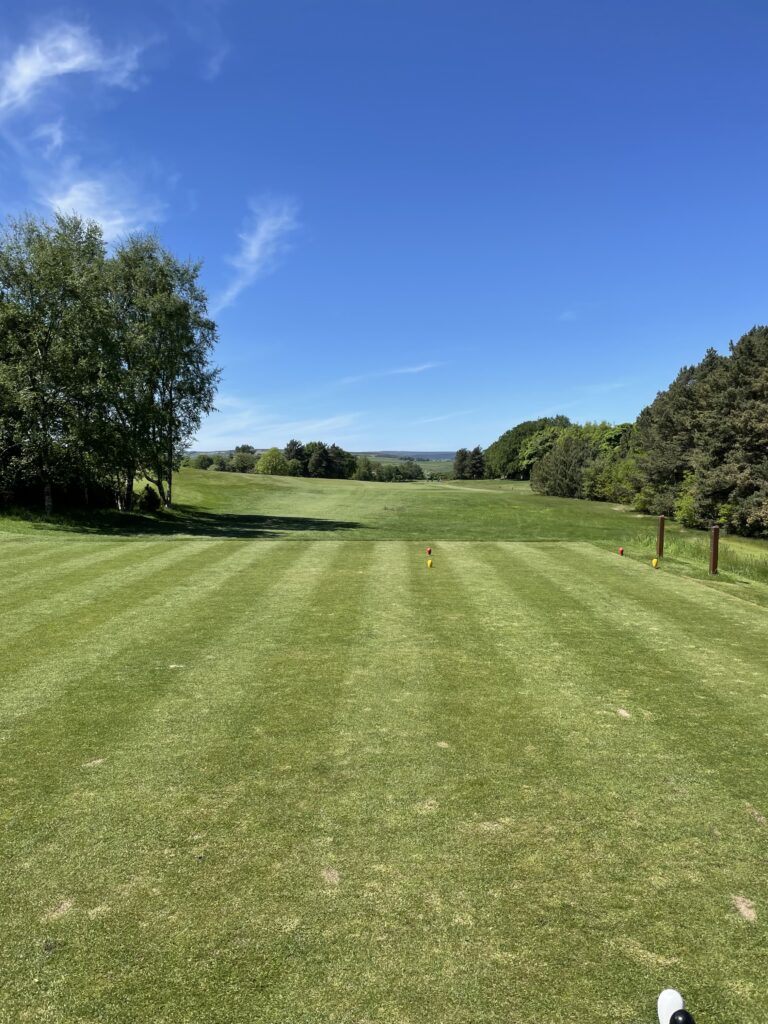
The 10th is a par 5 from the front, par 4 from the back tees. It is literally laid out in front of you. A slightly elevated tee off area before it drops down to a water course crossing the fairway. The green is cleverly positioned to be slightly off centre with a bunker left. A brave shot over or work you way around into the mouth of the green. Its name Perfection is one you’d strive to live up to on this hole.
The course continues to work its way around the natural landscape throwing in many challenges, especially for those who haven’t played it before! Large sways of gorse are in play as they hug the ravines transcending downwards or pop up in places you’d rather they didn’t.
Hole 15 is called Long. This par 5 is a test for those who may no hit so far or have left their ‘A game’ in the car park. Measuring 584/506 SI10/4 this is one hole which you could be punished or rewarded on.
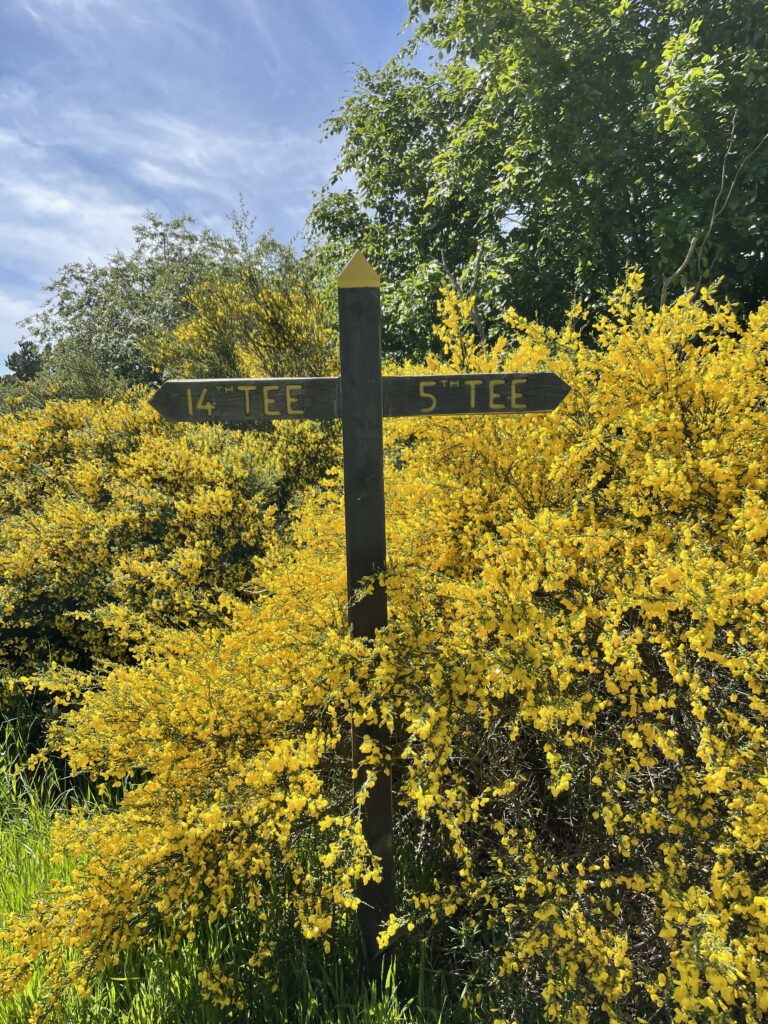
Slightly different in outlook and design is the 17th, a par three over a shallow gorse ravine to a slightly elevated green. The imposing rock face sits immediately to the right of the hole and green. A clean hit is required to make it over the gorse and over the multiple bunkers protecting this 134/123 yard par 3.
A sloping fairway right to left closing hole par 5 487/452 yard SI 14/5 is one where you could walk away with pride or hang your head in shame as the clubhouse and any patio loungers overlook the final green.
In summary; the Hallamshire greens were superb, the bunkers were consistent and the fairways offered so many different thought provoking opportunities – from all the tees. It is a must play for any golfer. Enjoy the hospitality which is sure to be extended to any visitor.
Sarah Forrest
Golf Guru Group
Instagram @tlg.golfplus
Twitter @golf guru group
Facebook @golf guru group and travellingladygolfers
You Tube @Travelling Lady Golfer

